Words and Photos: Ben Abrams
Motorcycling in the Alps is an experience that any rider should keep at the top of the bucket list. Recently, I joined Beach’s Motorcycle Adventures on their “Classic Alpine Adventure” and saw this part of the world with the help of a trusty iron horse – the indestructible and always competent BMW 1200GS . The new 2013 model packs 125hp and is as well rounded as the terrain, capable of bombing down the autobahn at 200km/h or handily chewing up off-road stuff too.
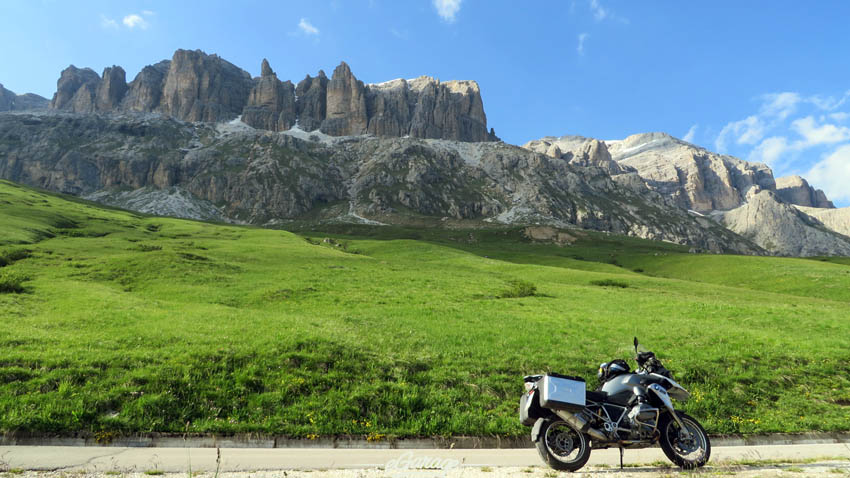
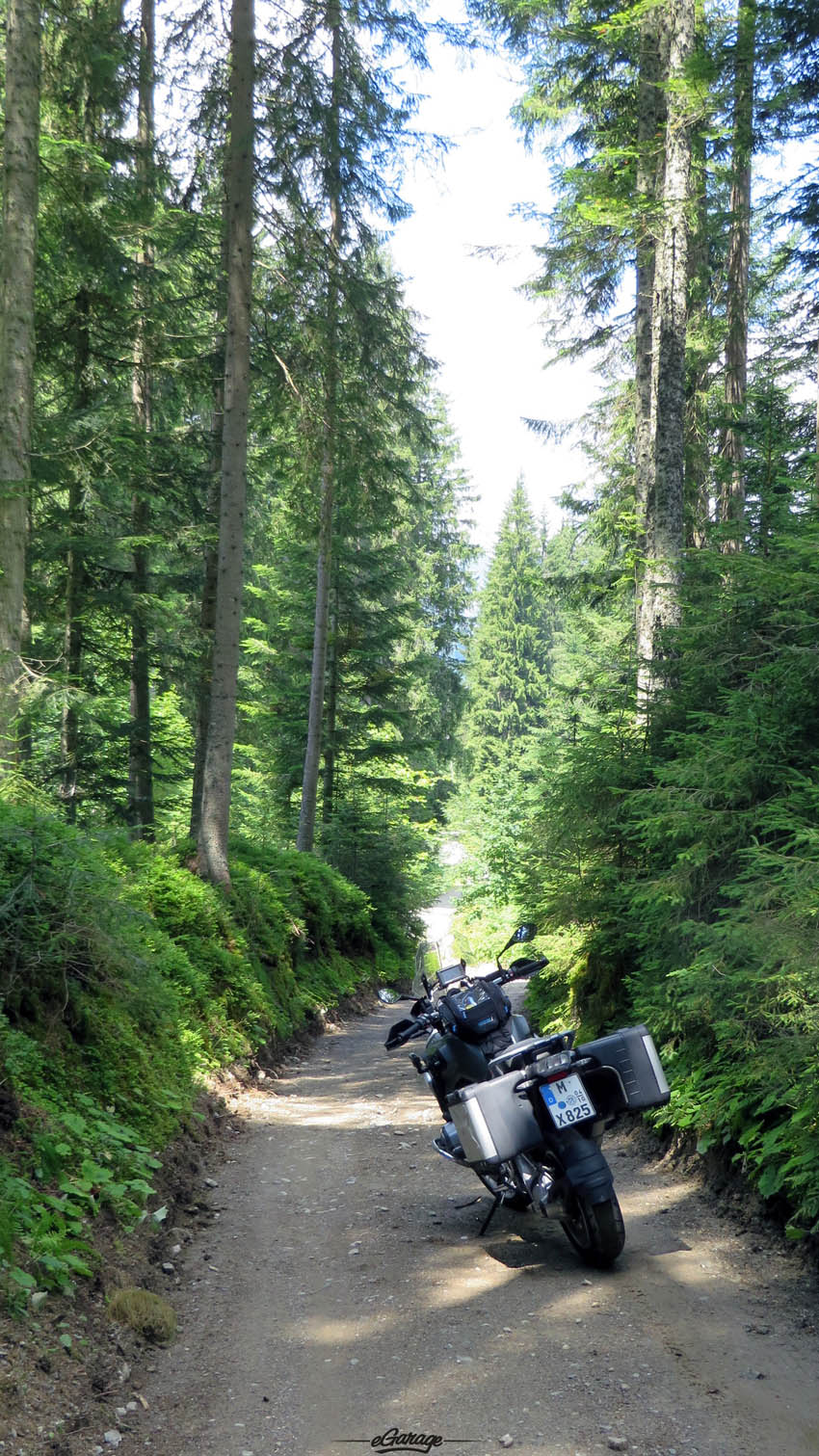
It was not the first time I had been here on a motorcycle – “here” being Germany, Austria, Switzerland, Italy, Slovenia – but not much has changed in the past ten years since I last saw these mountains and valleys of Central Europe. It’s still mind blowingly beautiful and chock full of technical riding.

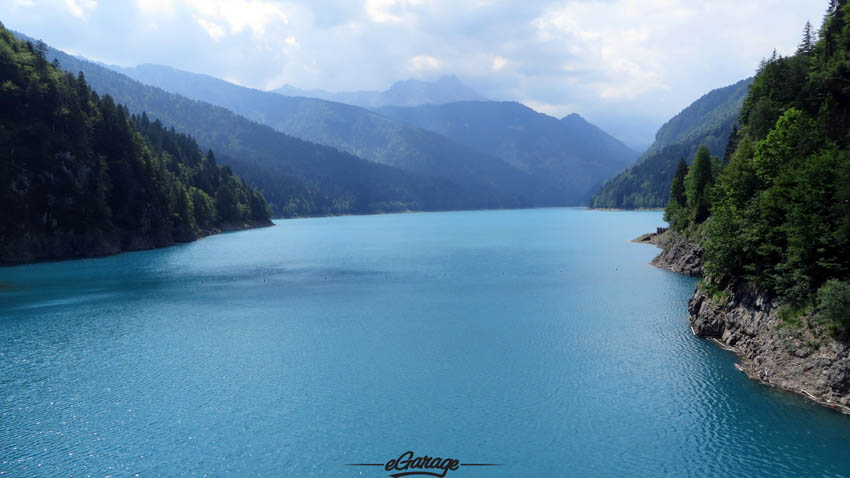
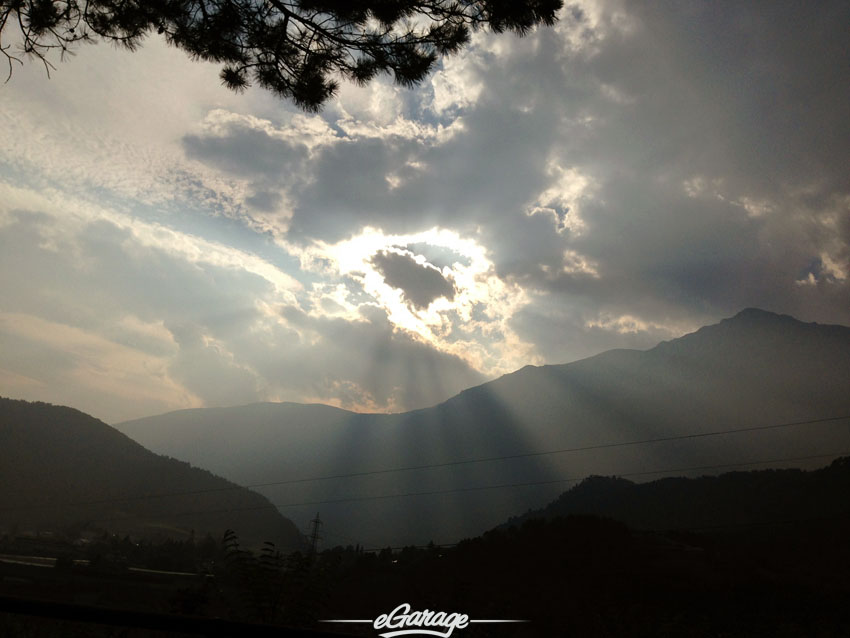
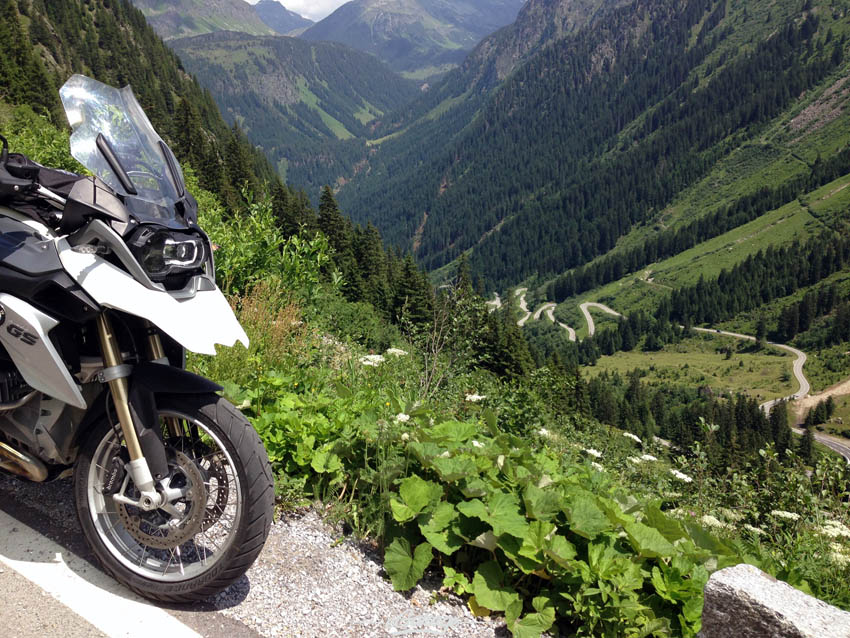 The all-knowing Wiki tells us that the word “Alp” doesn’t refer to the peaks of the mountains but rather the lowland areas in which the cattle graze. One thing in clear abundance throughout this region is cattle (and other grazing animals too). Be on the lookout for these animals as they don’t care about the roads or your path of travel. You’re in their way and they’ll let you know about it. Eyes up.
The all-knowing Wiki tells us that the word “Alp” doesn’t refer to the peaks of the mountains but rather the lowland areas in which the cattle graze. One thing in clear abundance throughout this region is cattle (and other grazing animals too). Be on the lookout for these animals as they don’t care about the roads or your path of travel. You’re in their way and they’ll let you know about it. Eyes up.
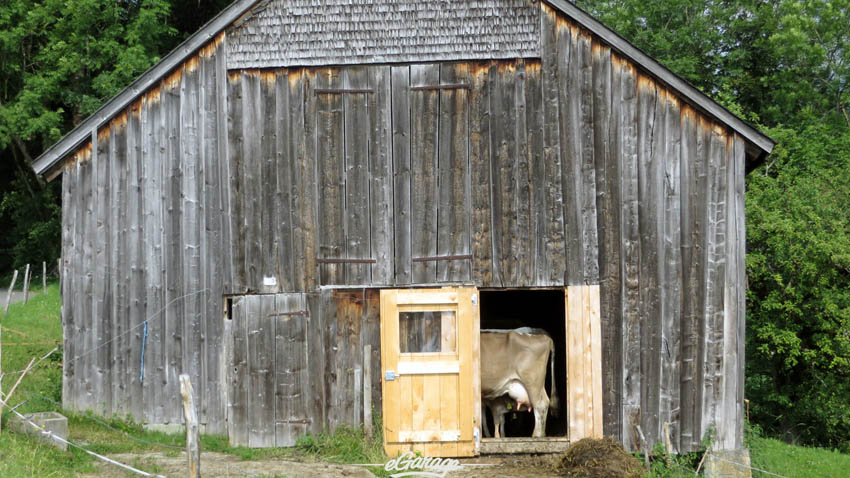
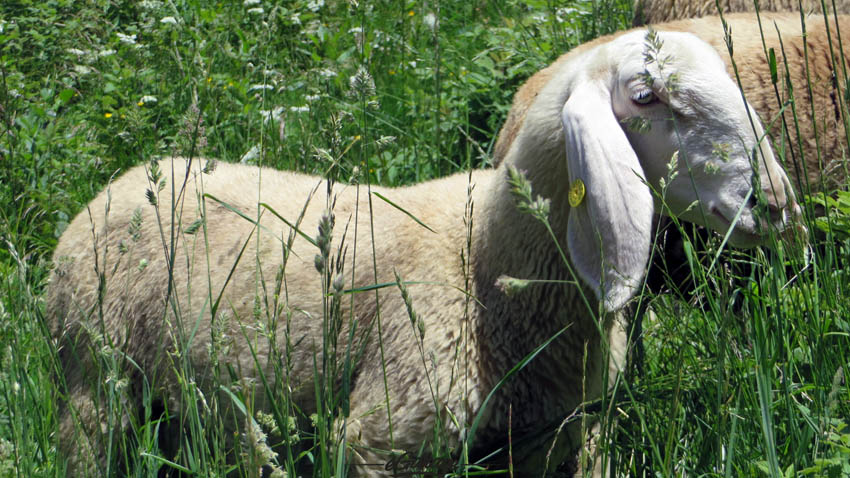 These animals need to eat and their owners let them graze wherever they please. Naturally, they also need to poop and you’re constantly reminded thanks to the random sights of manure piles, the lovely odors that waft about constantly, and the “cowpies” in the road which are as slippery as oil.
These animals need to eat and their owners let them graze wherever they please. Naturally, they also need to poop and you’re constantly reminded thanks to the random sights of manure piles, the lovely odors that waft about constantly, and the “cowpies” in the road which are as slippery as oil.
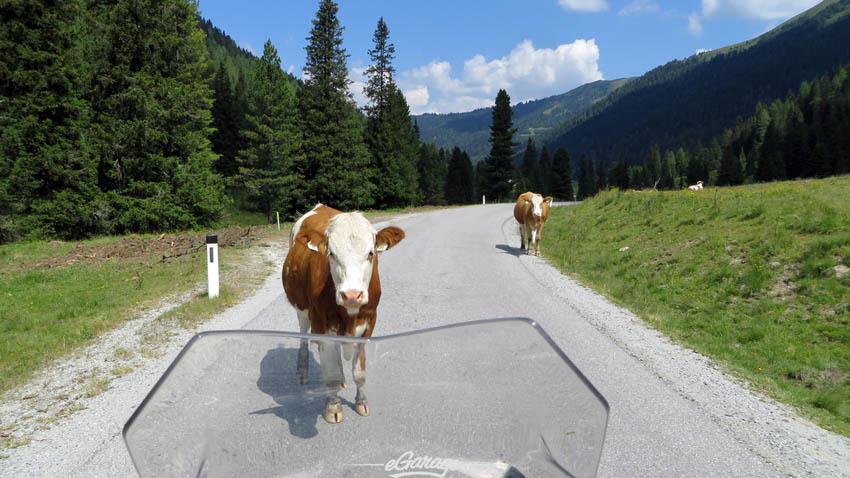 Working the land is a way of life here. Picture driving through the Midwest of America where agriculture is king. Now adjust the scale of that picture so that every home takes only an acre or two instead of a few hundred. You can pass through entire countries in a day here as opposed to driving through Kansas which just goes on and on and on….
Working the land is a way of life here. Picture driving through the Midwest of America where agriculture is king. Now adjust the scale of that picture so that every home takes only an acre or two instead of a few hundred. You can pass through entire countries in a day here as opposed to driving through Kansas which just goes on and on and on….
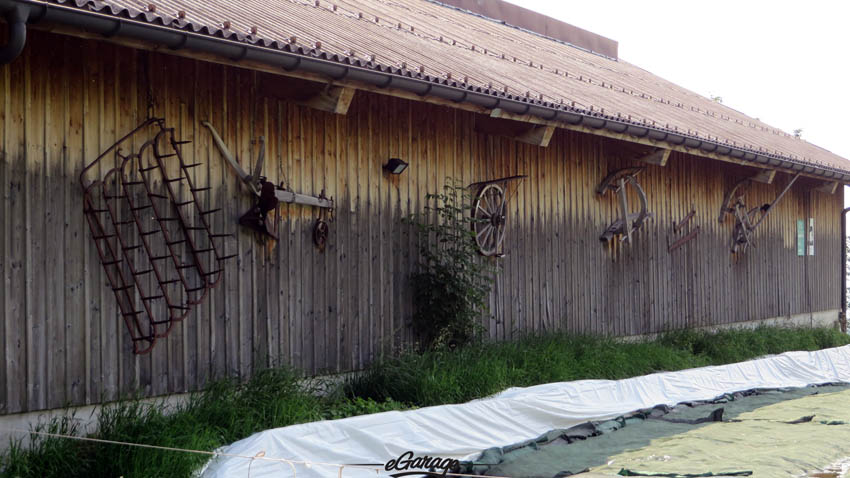
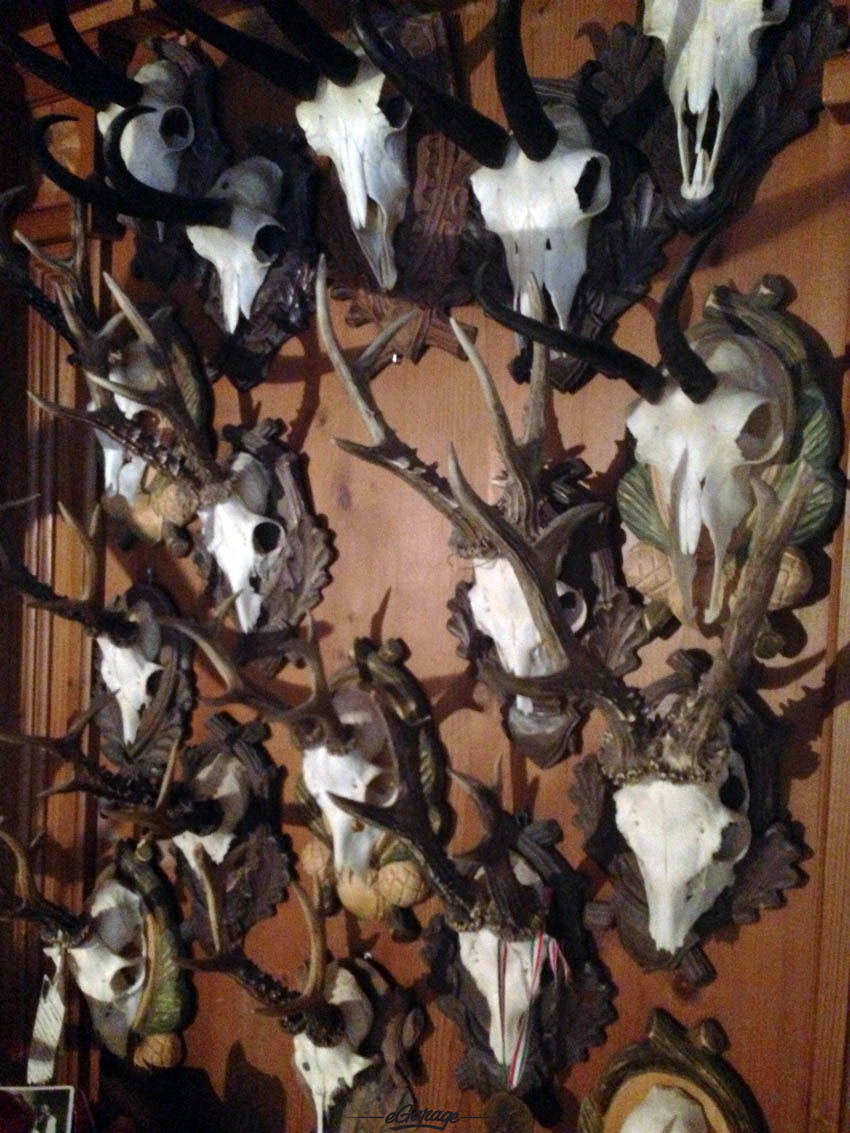 Instead of being lulled to sleep by the monotony of the interstate, I was navigating through the smaller villages and towns that aren’t serviced by the Autobahn. These sleepy “Cantons” dot the landscape surrounded by hay and wood sheds.
Instead of being lulled to sleep by the monotony of the interstate, I was navigating through the smaller villages and towns that aren’t serviced by the Autobahn. These sleepy “Cantons” dot the landscape surrounded by hay and wood sheds.
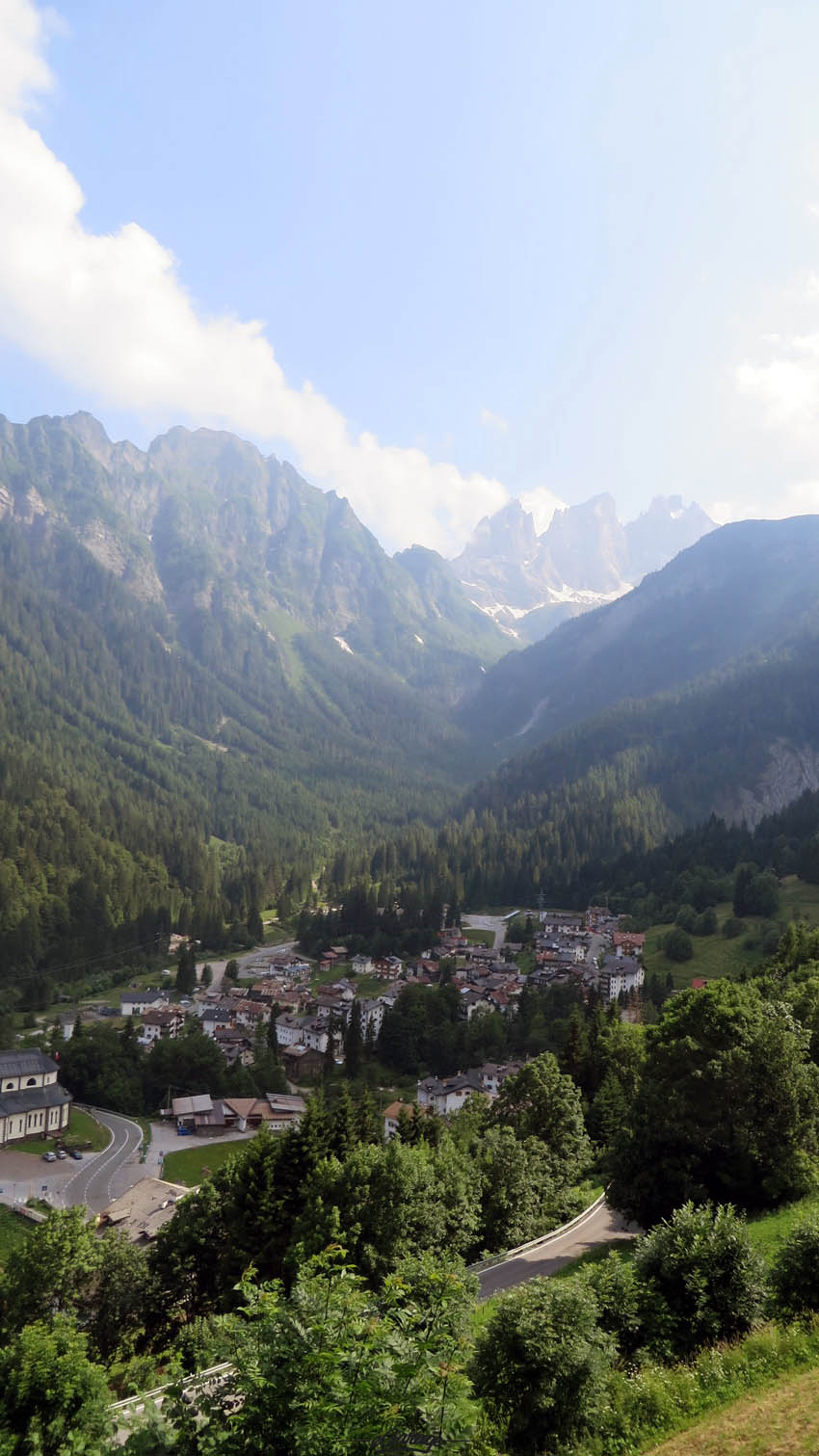
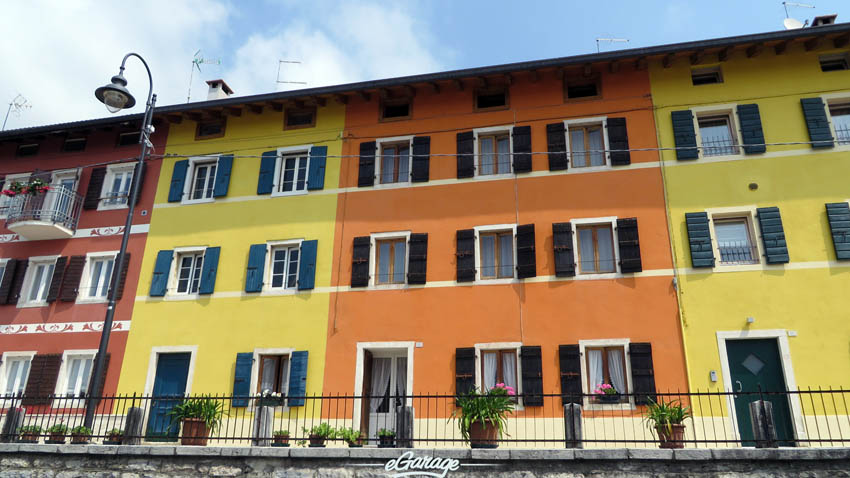

The only sounds competing with the bike’s exhaust are those of church bells, cowbells, chainsaws, and lawn mowers. I’d often stop, get off the bike, and soak up a vantage point, dwelling in the moment.
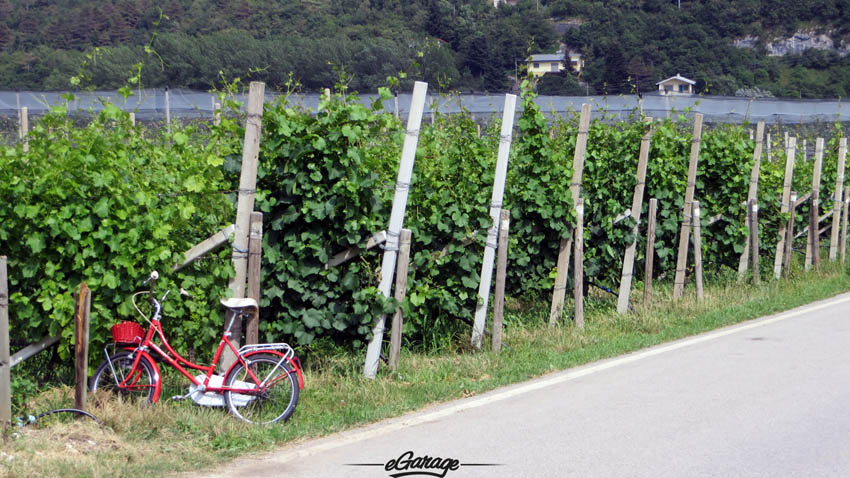
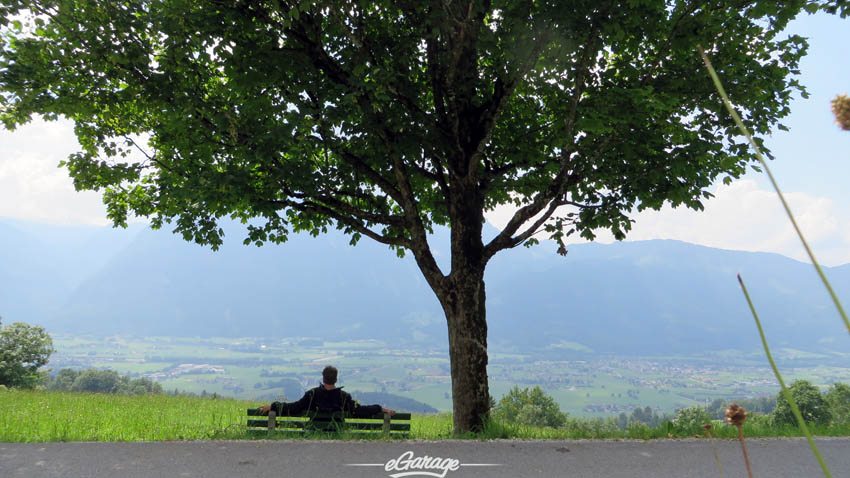 Keep in mind, if you’re allergic to grass, you may want to think twice about riding here as there was rarely an hour that passed without the sights, sounds, and smells of cut grass. During every waking hour, it felt like all of Europe was cutting grass in some form or another.
Keep in mind, if you’re allergic to grass, you may want to think twice about riding here as there was rarely an hour that passed without the sights, sounds, and smells of cut grass. During every waking hour, it felt like all of Europe was cutting grass in some form or another.
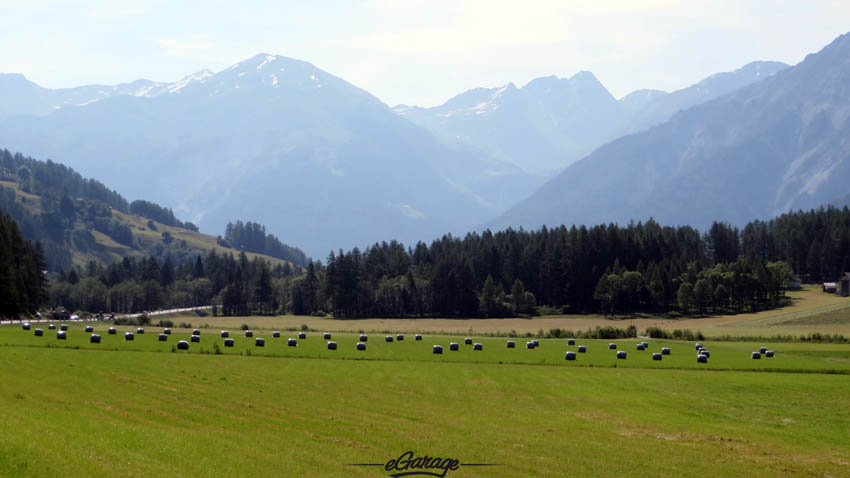
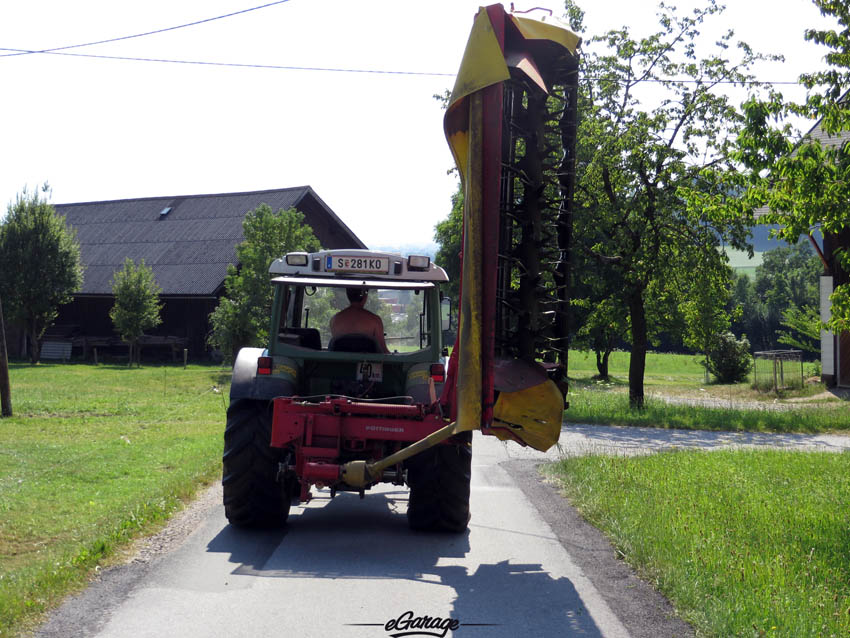 When I was growing up, I would often hear people use the term “the country” in place of the words “the suburbs”. It feels much more fitting to use those two terms interchangeably in the Alps instead of upstate New York. Everything outside the dense cities feels like “country” here with no in-between.
When I was growing up, I would often hear people use the term “the country” in place of the words “the suburbs”. It feels much more fitting to use those two terms interchangeably in the Alps instead of upstate New York. Everything outside the dense cities feels like “country” here with no in-between.
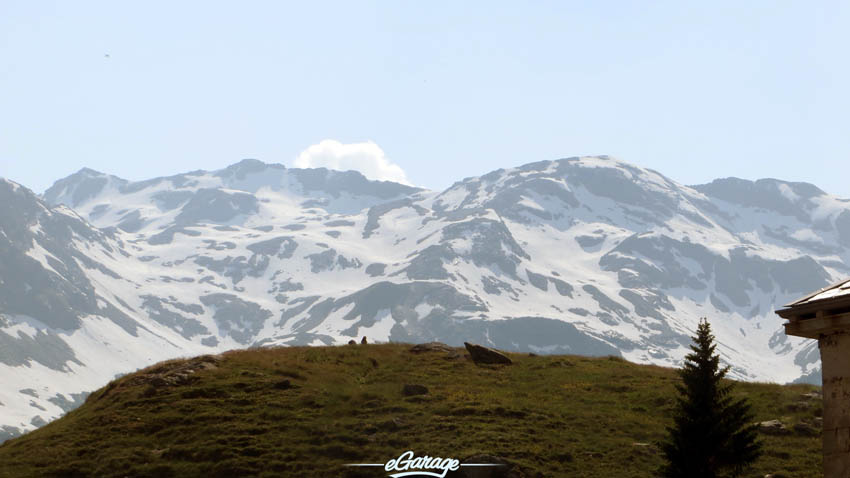
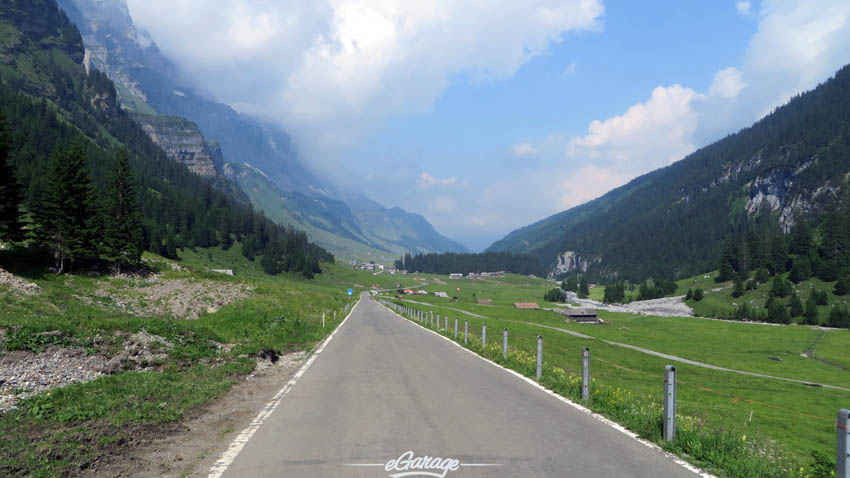 From farm towns and hillside villages to ski resorts, there is a real sense that the land holds more value than the structures built on it. Solar panels and rainwater/glacier collection systems are everywhere. When traveling between these countries one thing stayed constant: I never got any sense of waste or overindulgence. I never saw a “big box” store. SUV’s are replaced by station wagons. These are station wagons.
From farm towns and hillside villages to ski resorts, there is a real sense that the land holds more value than the structures built on it. Solar panels and rainwater/glacier collection systems are everywhere. When traveling between these countries one thing stayed constant: I never got any sense of waste or overindulgence. I never saw a “big box” store. SUV’s are replaced by station wagons. These are station wagons.
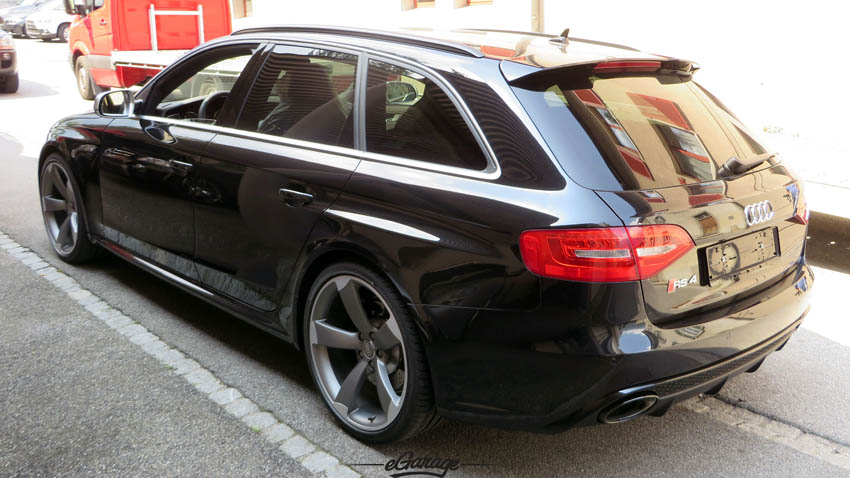
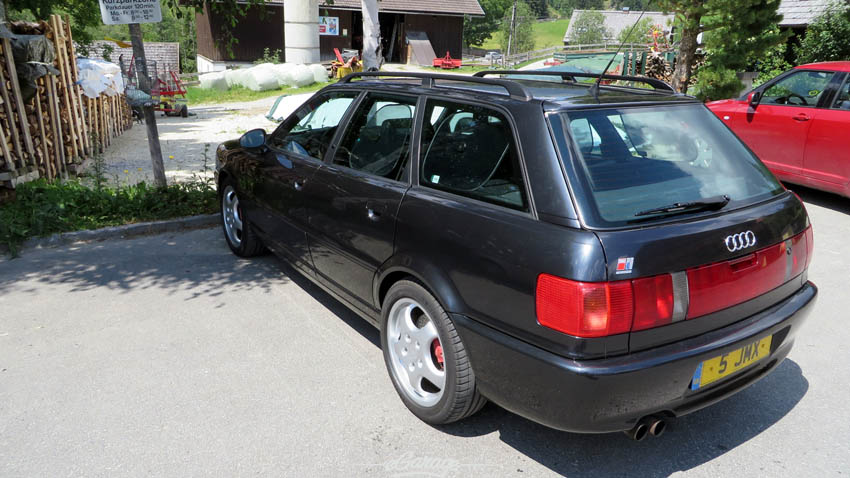 Although I rode through communities that catered to the upper crust, I didn’t see any large mansions or huge swaths of land that weren’t clearly being farmed. There were no signs of ballooning population or sprawl. It was quite a refreshing way to experience life for a few weeks.
Although I rode through communities that catered to the upper crust, I didn’t see any large mansions or huge swaths of land that weren’t clearly being farmed. There were no signs of ballooning population or sprawl. It was quite a refreshing way to experience life for a few weeks.
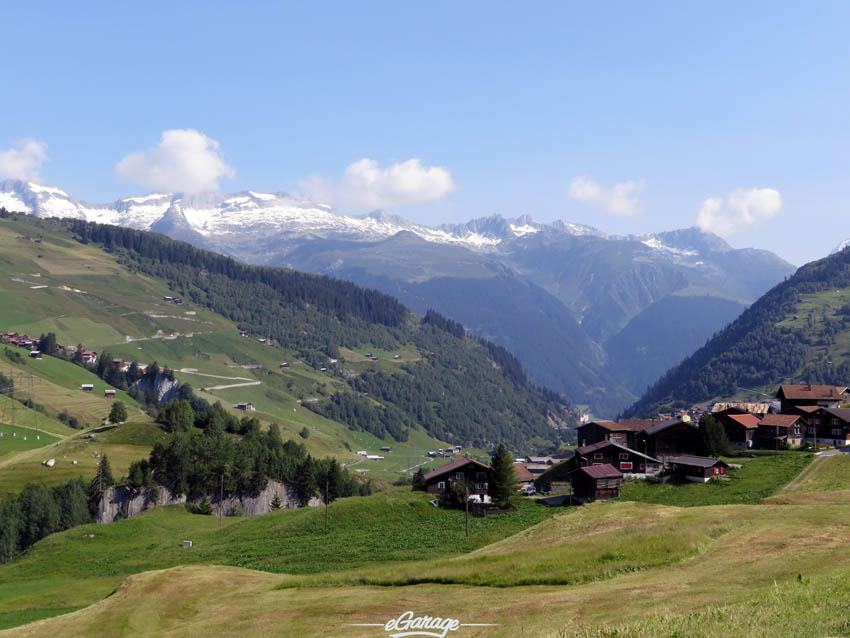
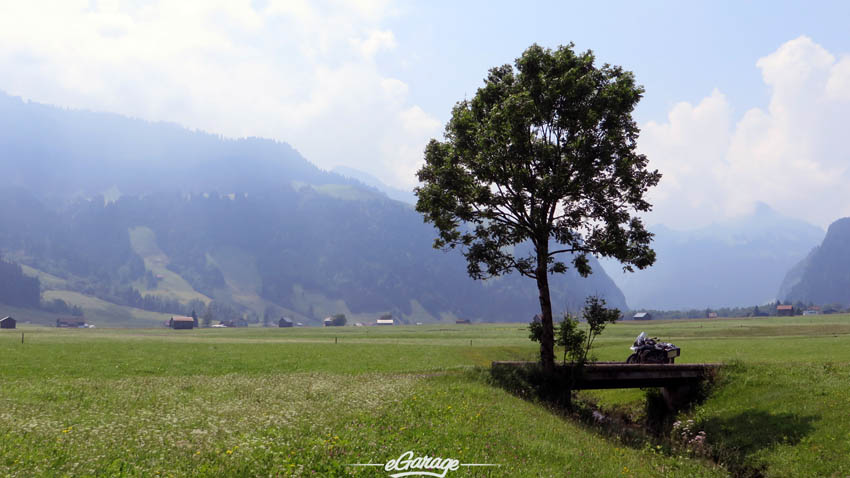 The work ethic clearly gets passed on through the family as I often saw several generations working the fields together. From very young to very old, all members of the family are expected to chip in and do their part.
The work ethic clearly gets passed on through the family as I often saw several generations working the fields together. From very young to very old, all members of the family are expected to chip in and do their part.
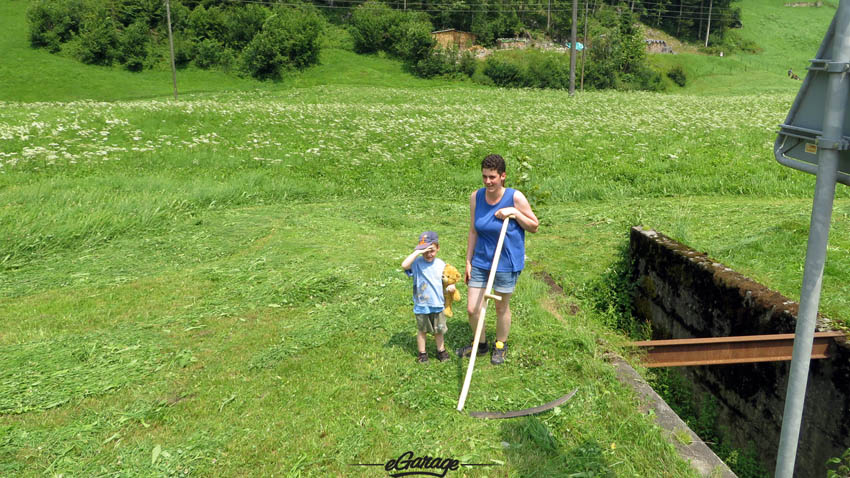
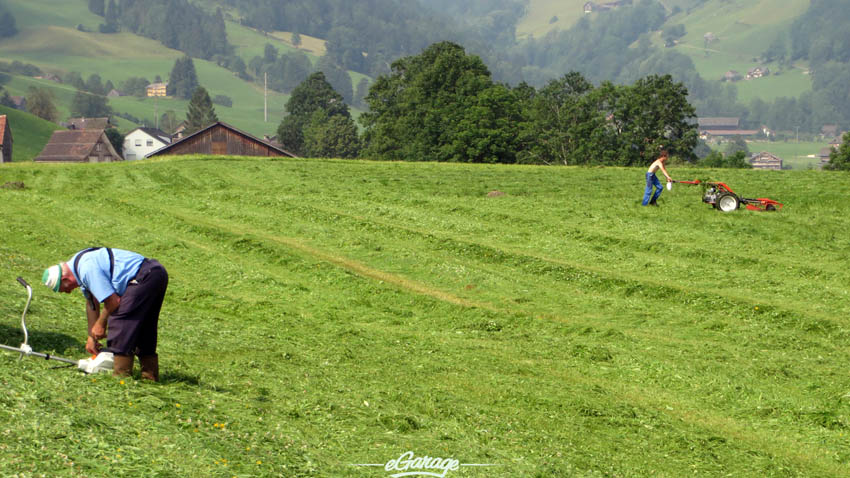
Oftentimes, similarly to Iceland, I felt alone riding through this part of the world. Summer is a wonderful season to ride through these mountains as there isn’t enough off-season tourism to congest the roads. Many resort towns were empty with occasional signs of mountain bikers and only a handful of hikers on the weekends.
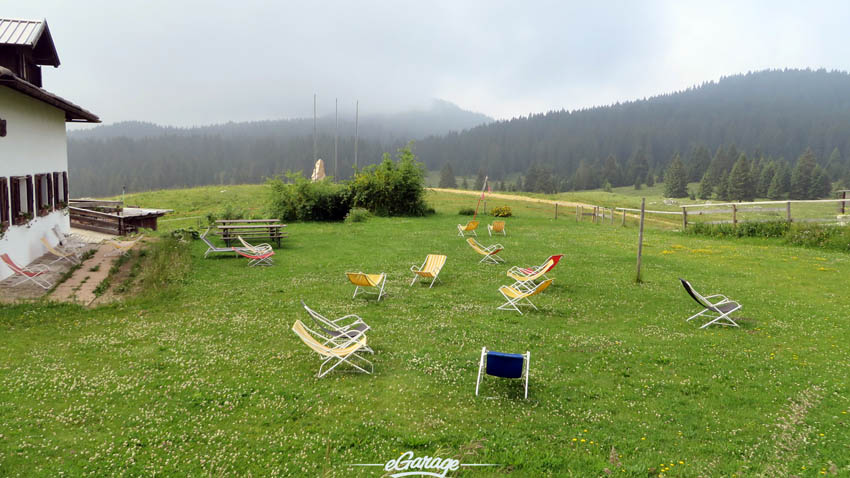
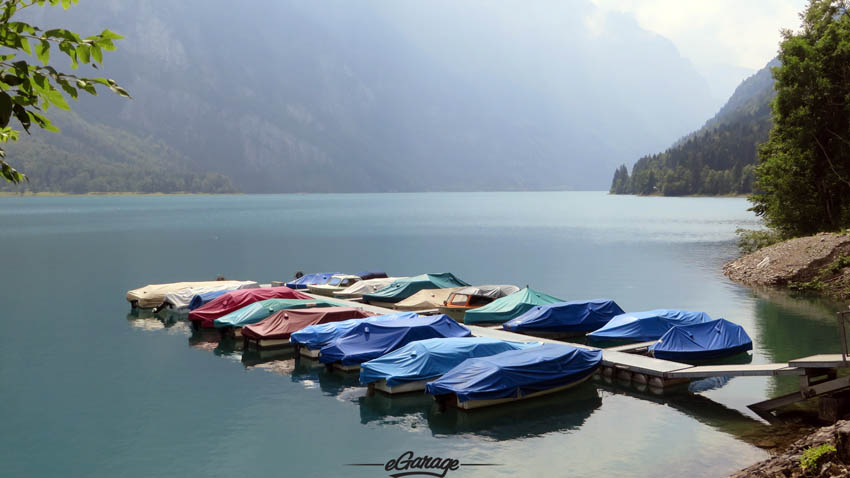
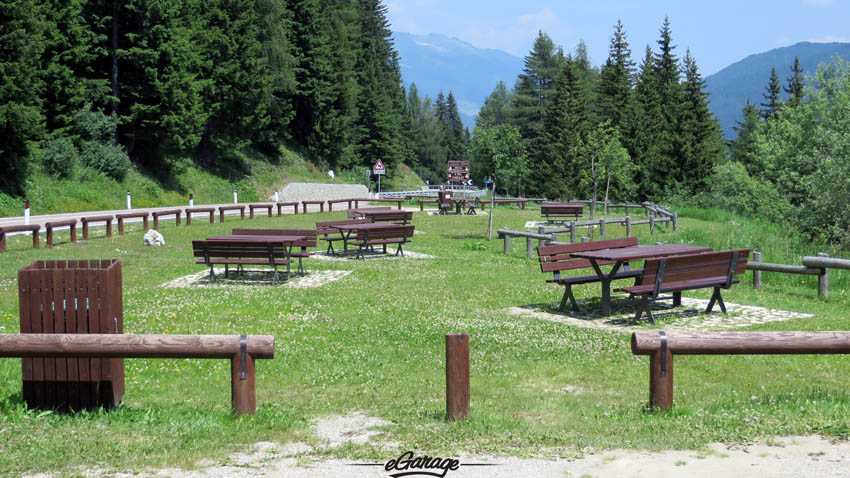
In two weeks of riding 6-8 hours a day, I sat in traffic for a grand total of 30 minutes. It’s quite a stark contrast to the inescapable drudgery of stop and go traffic that meets me every day living in an American urban center. Driving/riding times can be reliably planned around, imagine that?!
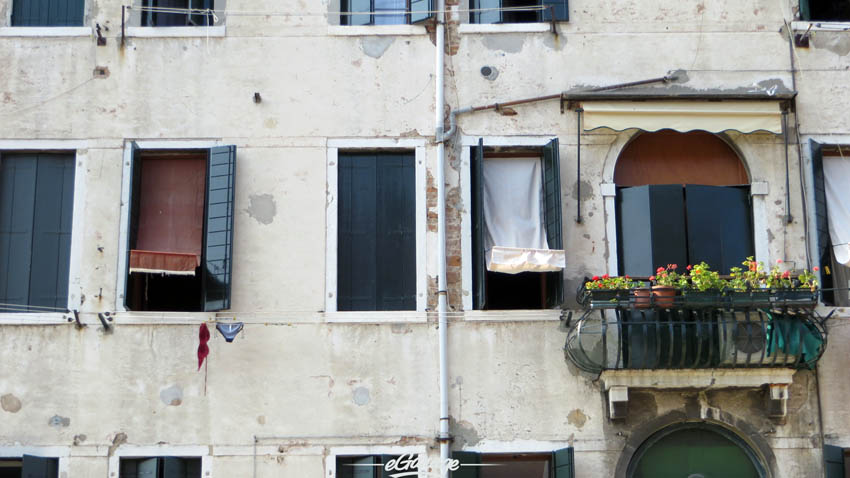
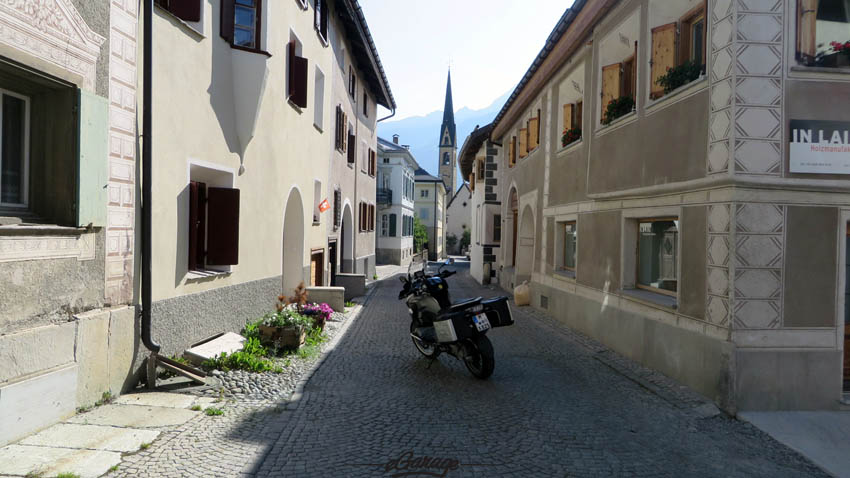 On the weekends however, things change. Tourists and locals alike flock to the mountains and I’m suddenly competing with tour buses, RVs, cyclists, and hoards of other bikers.
On the weekends however, things change. Tourists and locals alike flock to the mountains and I’m suddenly competing with tour buses, RVs, cyclists, and hoards of other bikers.

Beating them to the next turn so I may round the corner unencumbered is the goal, linking my turns as smoothly and methodically as possible.
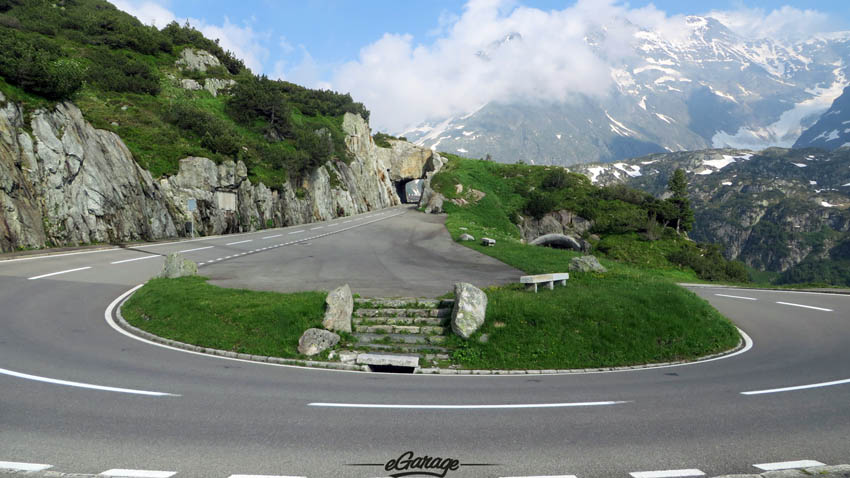 Most people respect the bike’s right of way and ability to pass here; the tour buses, however, couldn’t care less. Their objective is to get to the next stop so they can open their doors and “vomit out their people” (favorite saying of Rob Beach, owner of Beach’s). It is not uncommon to reach a hairpin and find a bus driver staring down at you in your lane, waiting for you to get out of the way so he can complete his turn. It’s a terribly unfair game of chicken.
Most people respect the bike’s right of way and ability to pass here; the tour buses, however, couldn’t care less. Their objective is to get to the next stop so they can open their doors and “vomit out their people” (favorite saying of Rob Beach, owner of Beach’s). It is not uncommon to reach a hairpin and find a bus driver staring down at you in your lane, waiting for you to get out of the way so he can complete his turn. It’s a terribly unfair game of chicken.

Like all worthwhile experiences, if you choose to take advantage of the opportunity, riding in the Alps can refine your skill tremendously making you a smoother, more confident rider. “Pass” roads that connect the valleys abound, and allow you to get the lead out while also perfecting hairpin, sighting, and entry/apex/exit techniques. With names like Silveretta, Susten, Klausen, Grimsel, Furka, Splugen, Stelvio, Gavia, Pordoi, Giau, San Bernadino, and Mangart…oh the Mangart…these are roads that you simply won’t find in the rest of the world. Quite simply, these are the roads dreams are made of.

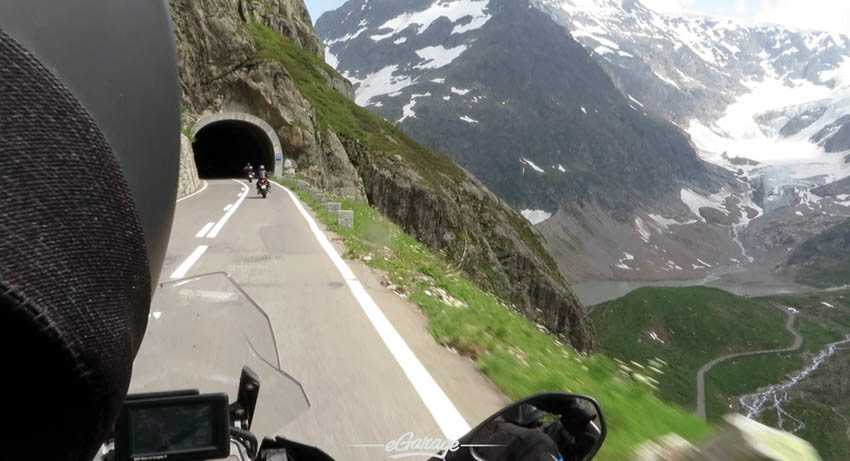
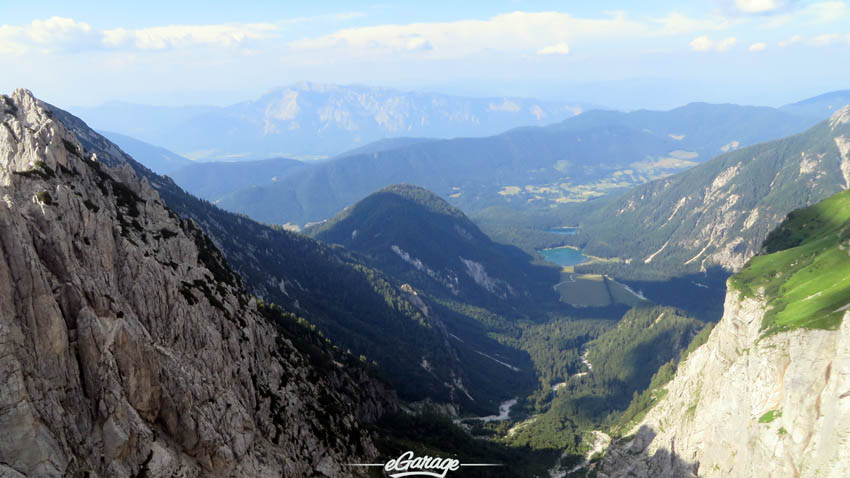
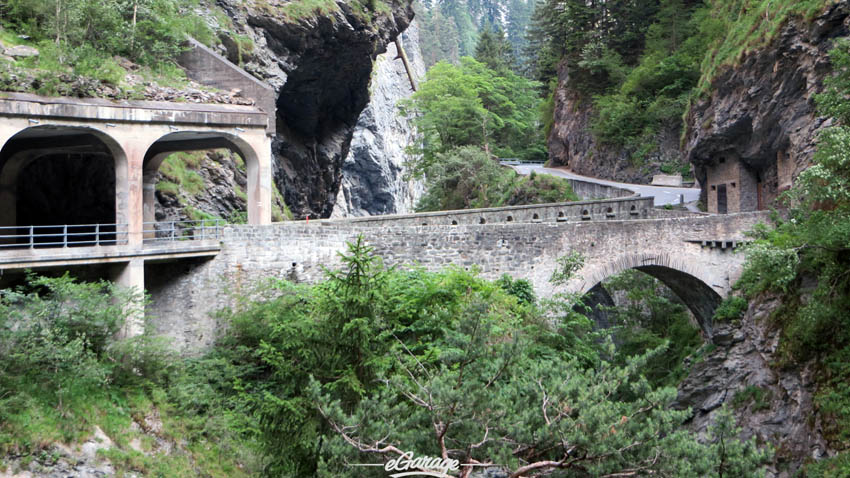
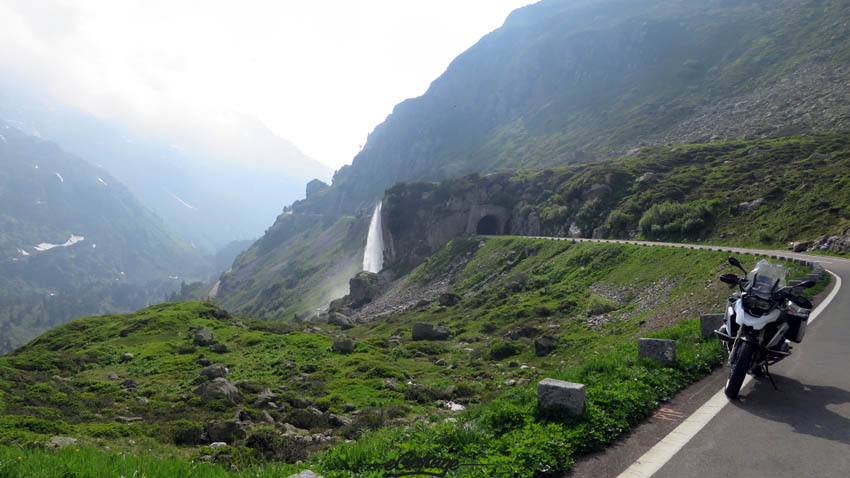 Seemingly un-surmountable slopes are conquered via switchbacks requiring the utmost concentration. The big GS is not what you’d call a “nimble” bike and the tall center of gravity requires a late entry into these 179° turns. You can’t risk going early and cutting the apex too wide in case someone is coming in the opposite direction. It’s a constant reminder to be smooth through these types of turns.
Seemingly un-surmountable slopes are conquered via switchbacks requiring the utmost concentration. The big GS is not what you’d call a “nimble” bike and the tall center of gravity requires a late entry into these 179° turns. You can’t risk going early and cutting the apex too wide in case someone is coming in the opposite direction. It’s a constant reminder to be smooth through these types of turns.
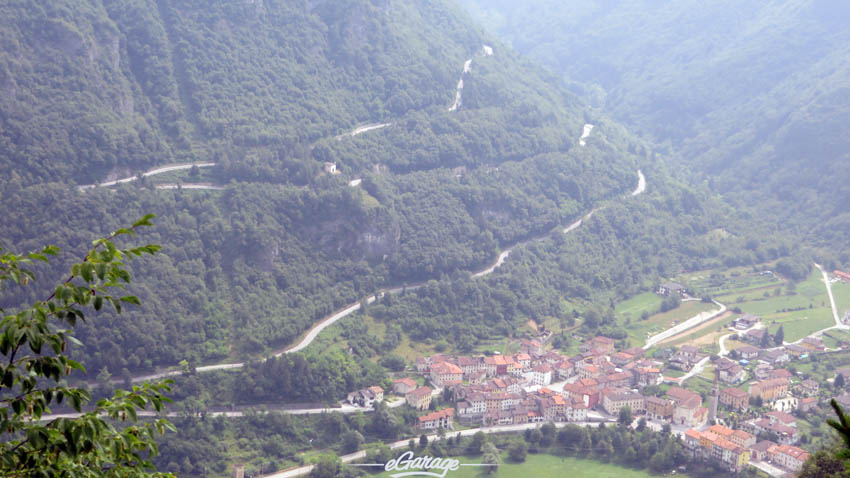 These roads, this scenery, and the obstacles you’ll come across will force the rider’s head to swivel fast and free, focusing down (or up) the road, always further than you’d think necessary. Focus, relax, stay alert, always look ahead and never behind.
These roads, this scenery, and the obstacles you’ll come across will force the rider’s head to swivel fast and free, focusing down (or up) the road, always further than you’d think necessary. Focus, relax, stay alert, always look ahead and never behind.
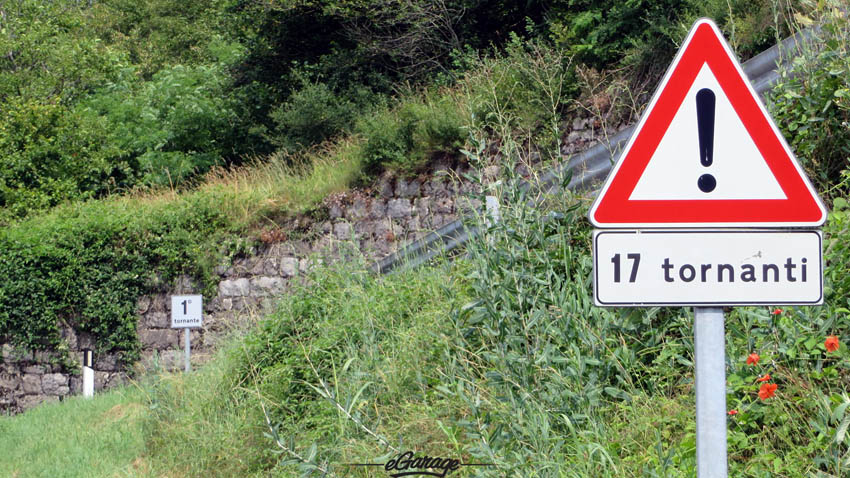 When I wasn’t charging up mountain passes or through farmland valleys, I would set the bike in neutral and coast, “freewheeling”, enjoying life as it moved at a different pace. Like cooling down after a workout, this gives me an opportunity to reset after a spurt of velocity and intense attention.
When I wasn’t charging up mountain passes or through farmland valleys, I would set the bike in neutral and coast, “freewheeling”, enjoying life as it moved at a different pace. Like cooling down after a workout, this gives me an opportunity to reset after a spurt of velocity and intense attention.
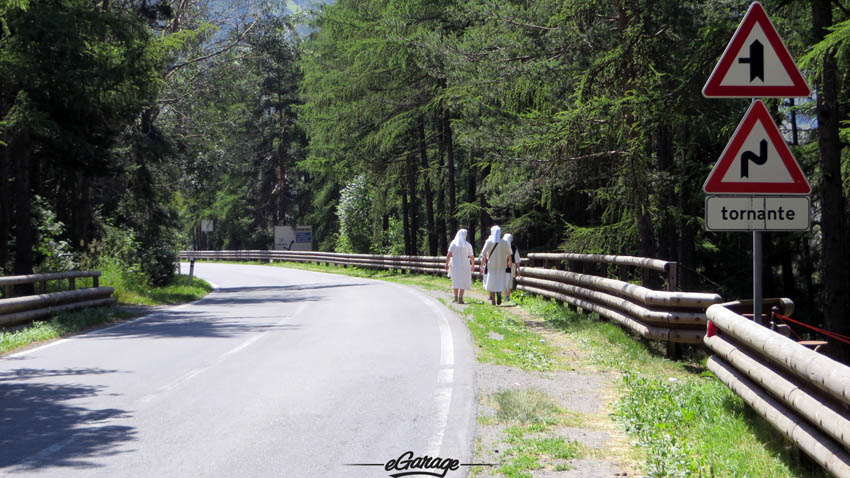 With or without cars, some of these roads are barely one lane wide. Always anticipate.
With or without cars, some of these roads are barely one lane wide. Always anticipate.
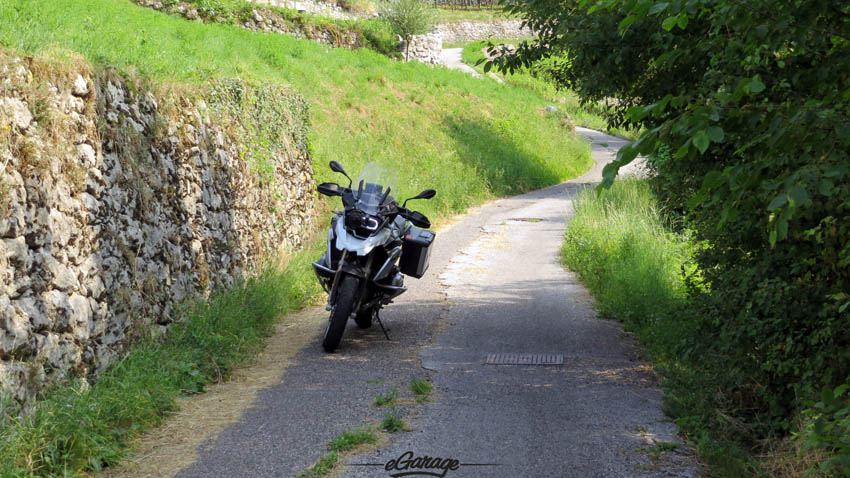 Many roads have unforeseen obstacles. No being or object is too unusual to use the pavement.
Many roads have unforeseen obstacles. No being or object is too unusual to use the pavement.
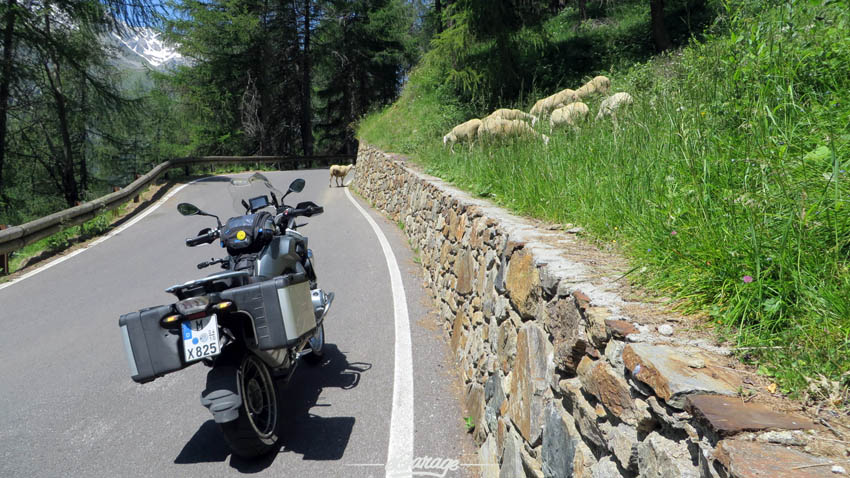
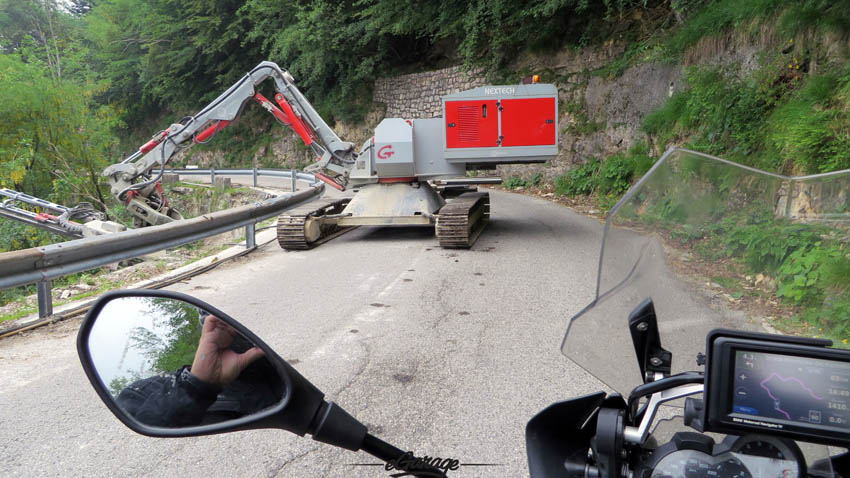
All of them present surprises and challenges that sap every ounce of adrenaline out of your body leaving you yearning for another cappuccino before your next meal or gas stop. I don’t smoke cigarettes normally, but I do when I travel here (apologies to my family). The adrenaline created from riding in these situations is such that, during breaks, I need to bring my nerves back down to Earth soak it all in. Besides, what goes better with an Italian espresso?
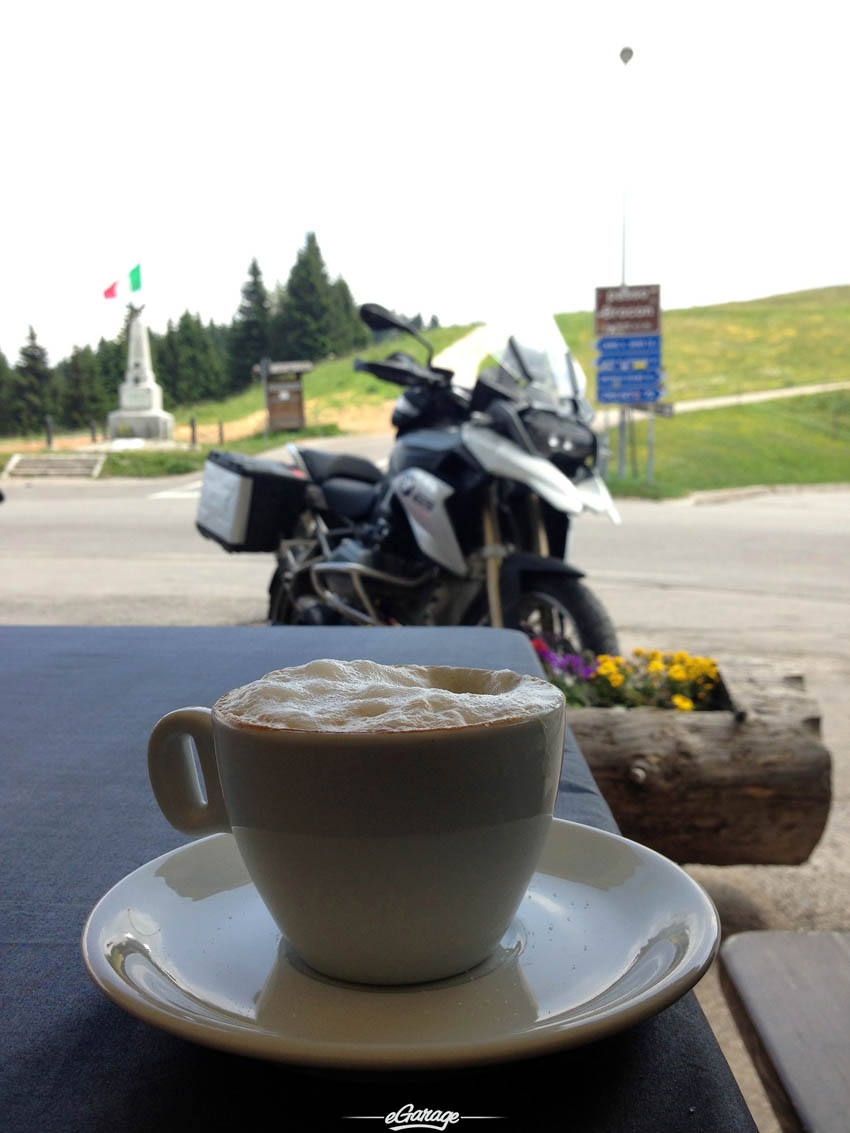
I was often left to wonder, why did they make the road like this, of all possible routes to climb up and over this mountain, why such a circuitous passage?
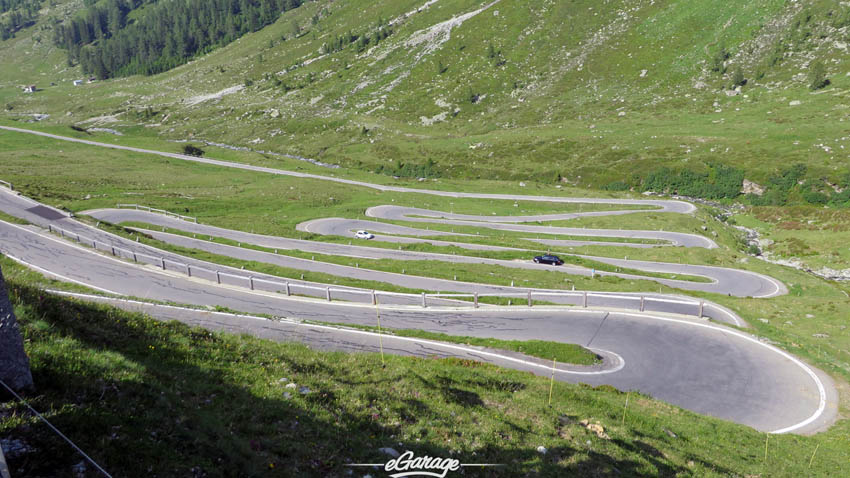 Many of these roads are the evolution of old trade routes, once only passable by foot, horse, and carriage.
Many of these roads are the evolution of old trade routes, once only passable by foot, horse, and carriage.
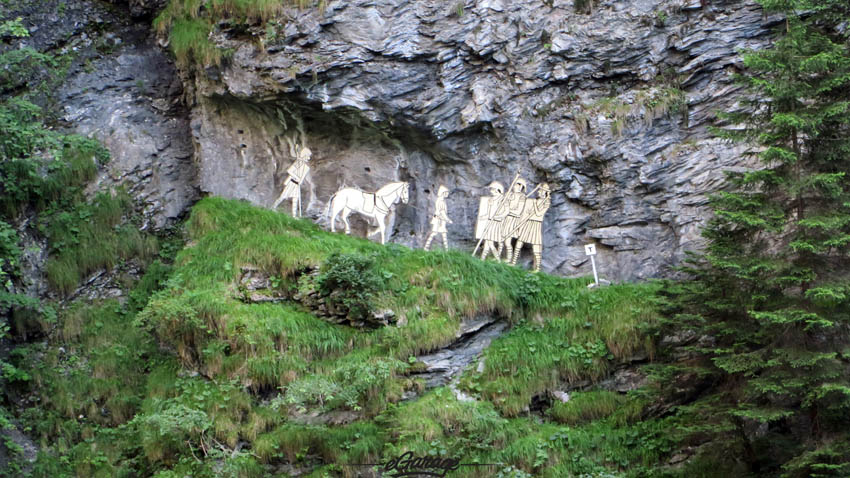
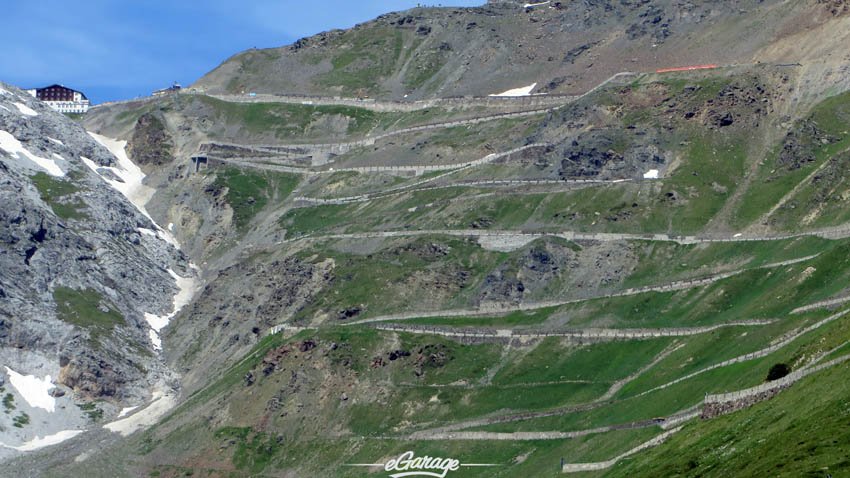 Instead of finding a more efficient way, in most cases, they basically paved over the hoof prints and created what is best explained as “drunken curves”. They can be totally exhilarating and completely exhausting.
Instead of finding a more efficient way, in most cases, they basically paved over the hoof prints and created what is best explained as “drunken curves”. They can be totally exhilarating and completely exhausting.
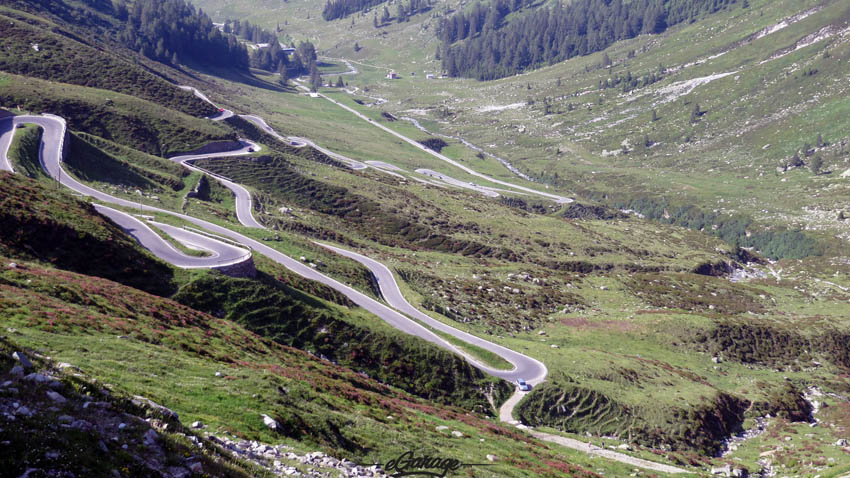 Have you ever driven around a blind switchback through a tunnel? Humbling to say the least.
Have you ever driven around a blind switchback through a tunnel? Humbling to say the least.
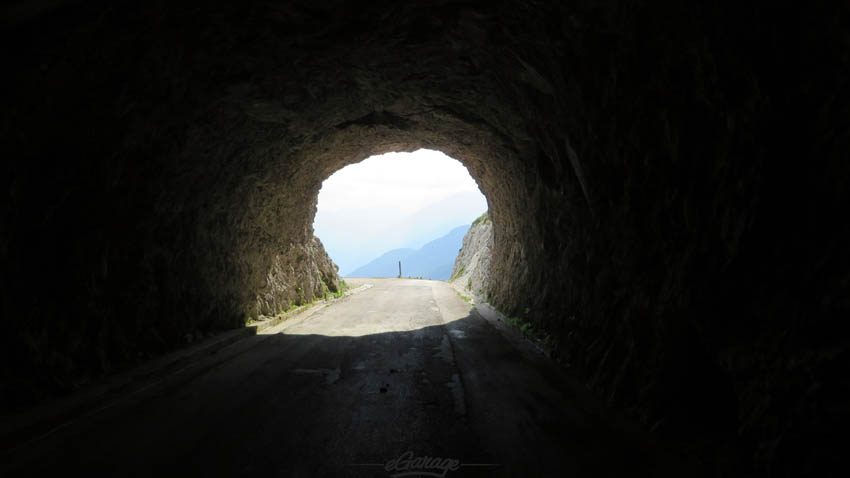 How about a one lane tunnel with a switchback inside it? (hard to get a picture of that one.)
How about a one lane tunnel with a switchback inside it? (hard to get a picture of that one.)
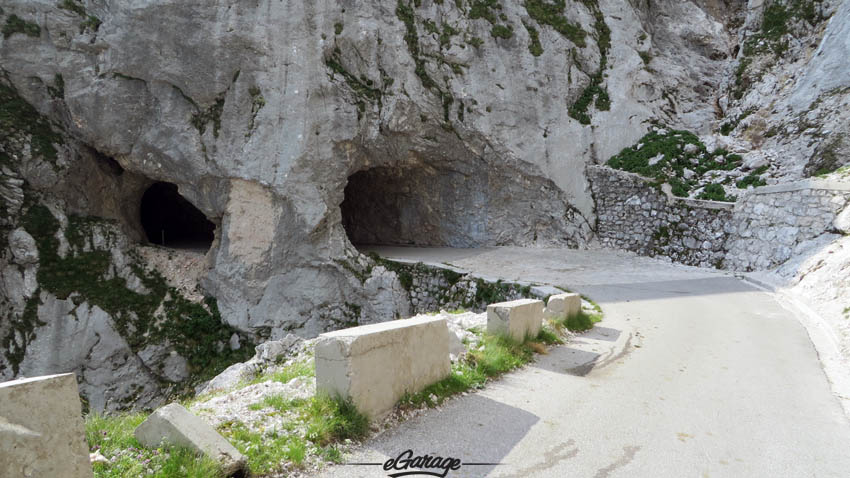 Exotic car culture was hard to find on this trip. With the exception of one dealership in Glarus, Switzerland (which had some great inventory), the spotting of high end cars in the Alps was few and far between.
Exotic car culture was hard to find on this trip. With the exception of one dealership in Glarus, Switzerland (which had some great inventory), the spotting of high end cars in the Alps was few and far between.
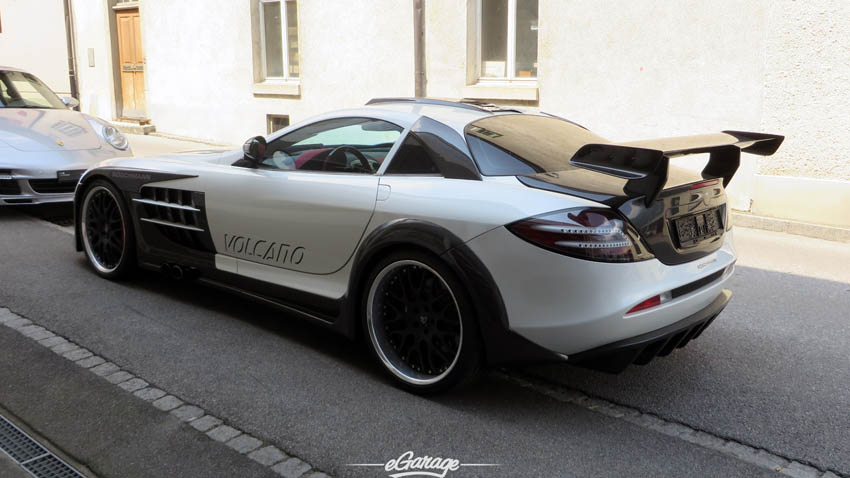
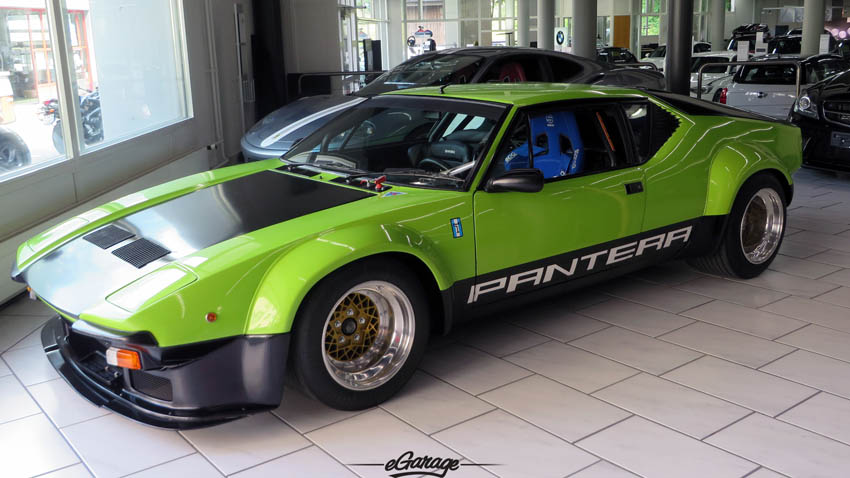
I was fortunate enough to come upon a promotional event for the fabled KlausenRennen – a longstanding mountain race for historic vehicles – think of it as a mix between Pikes Peak and the Historics at Laguna.
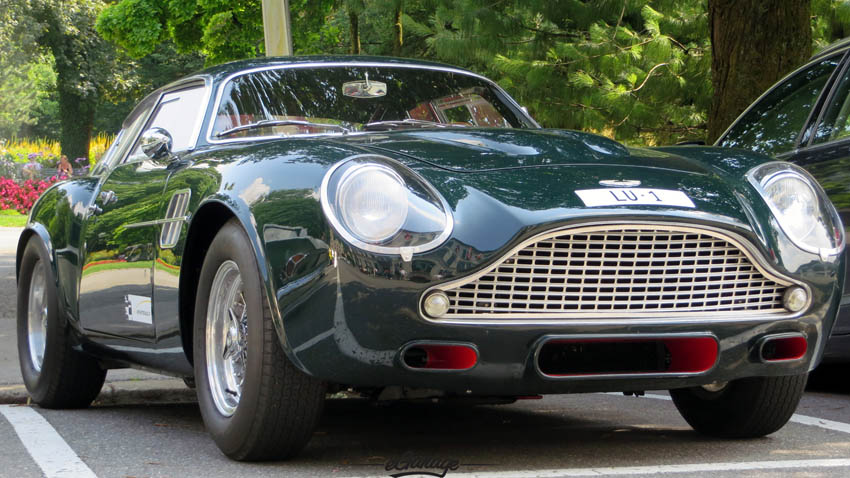
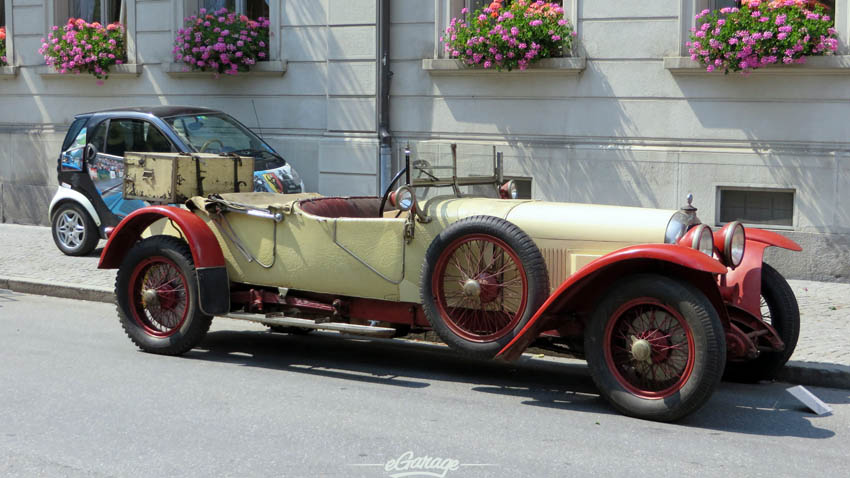
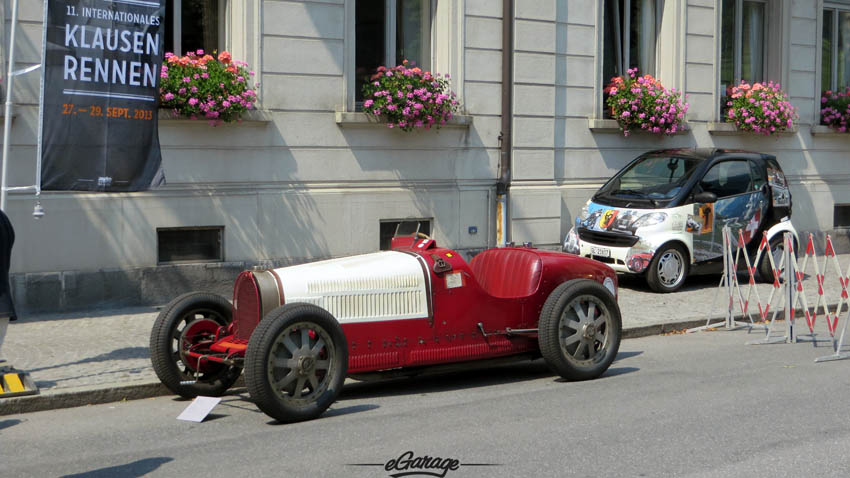 Enthusiast/tuner cars were around but diffuse. The culture here was hard to nail down. I saw a gathering of Miatas alongside a group of vintage convertible Mercedes cars. The FR-S/BRZ platform seems to be taking hold strongly.
Enthusiast/tuner cars were around but diffuse. The culture here was hard to nail down. I saw a gathering of Miatas alongside a group of vintage convertible Mercedes cars. The FR-S/BRZ platform seems to be taking hold strongly.
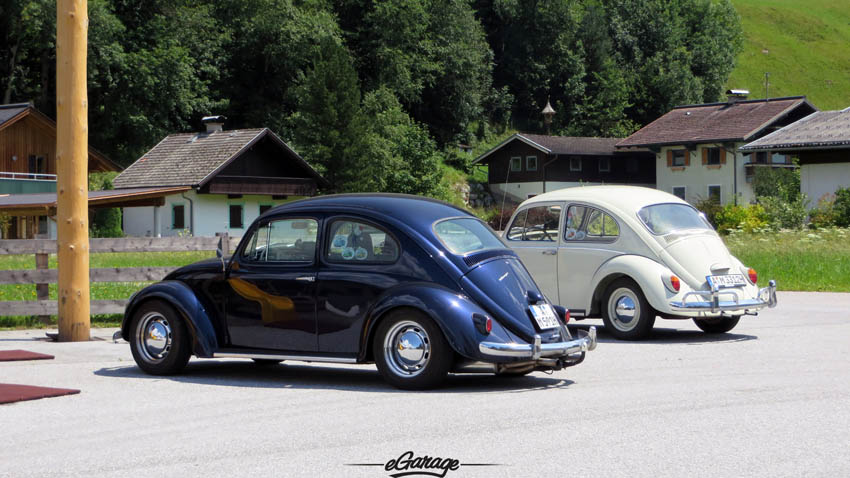
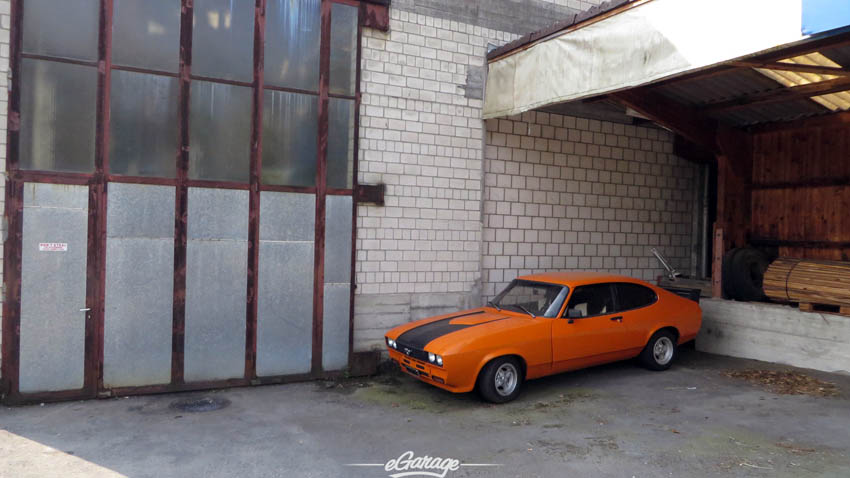
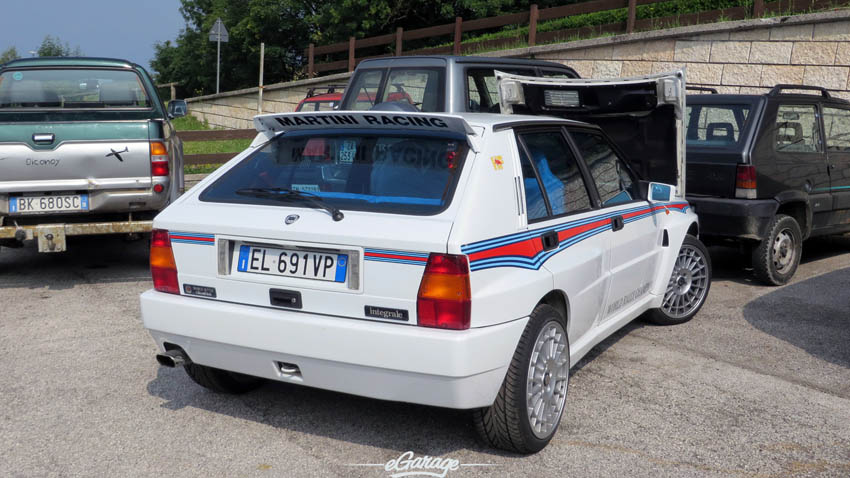
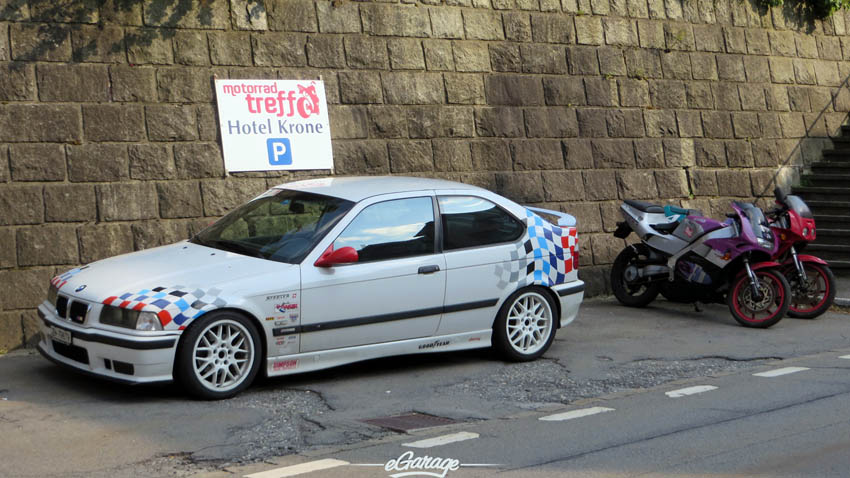
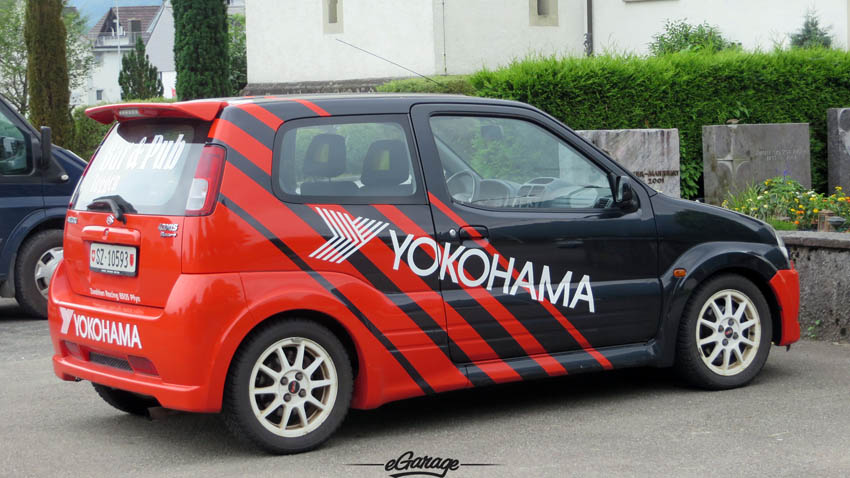
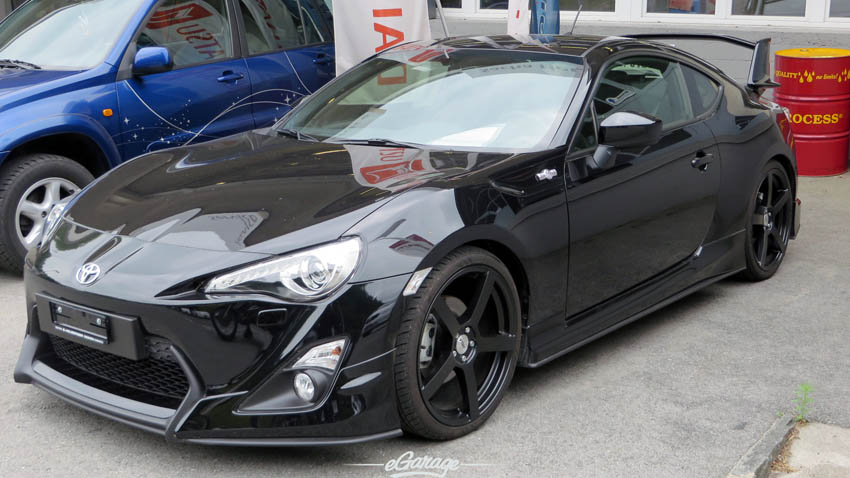
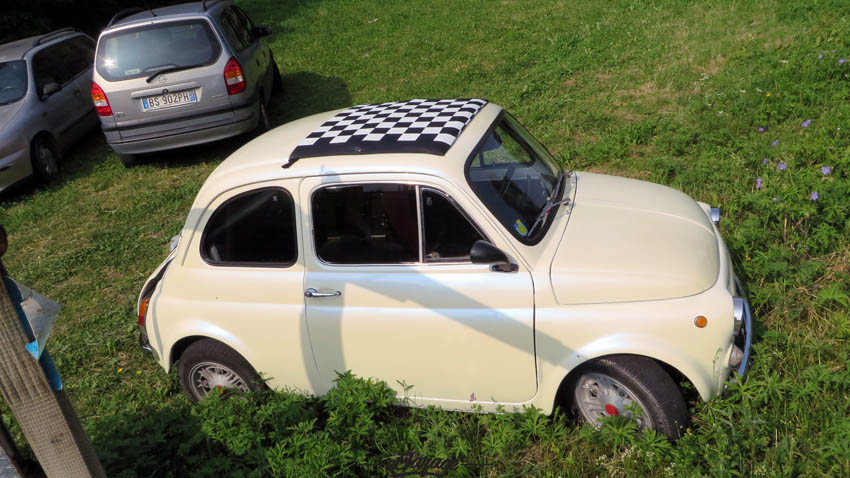 Personally, between the US and this part of the world, it’s a no brainer for me where I’d rather have a quick car. These roads welcome driving excitement rather than restrict it.
Personally, between the US and this part of the world, it’s a no brainer for me where I’d rather have a quick car. These roads welcome driving excitement rather than restrict it.
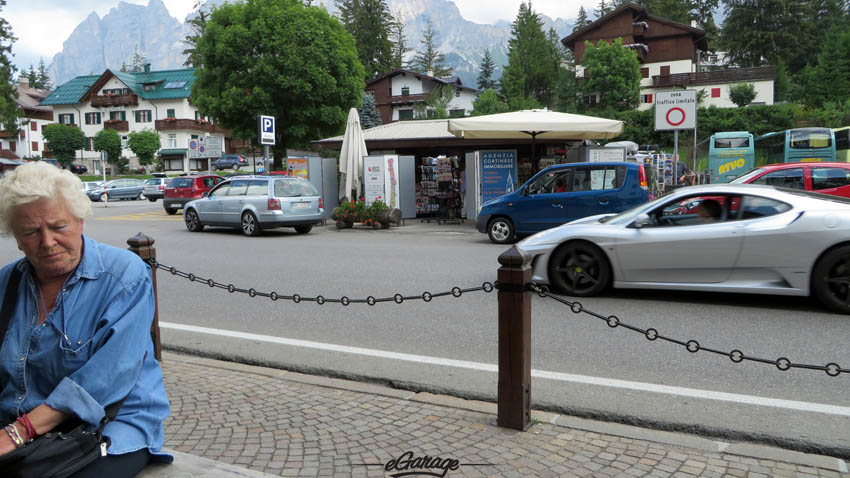
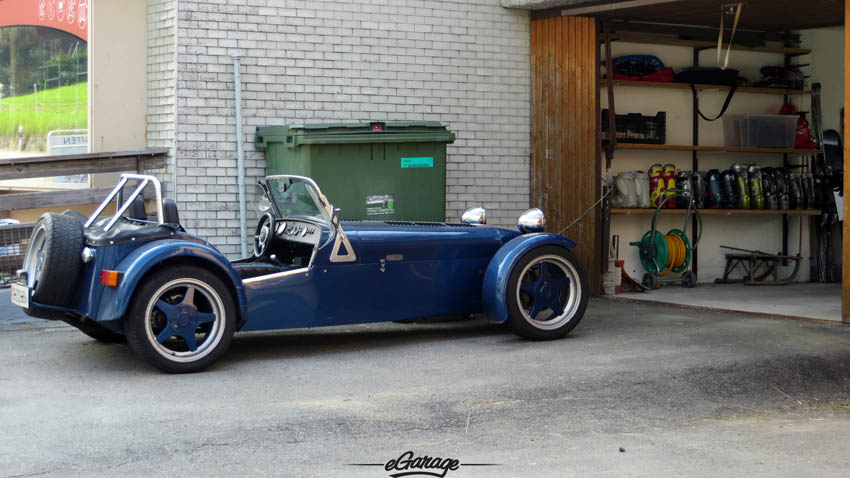
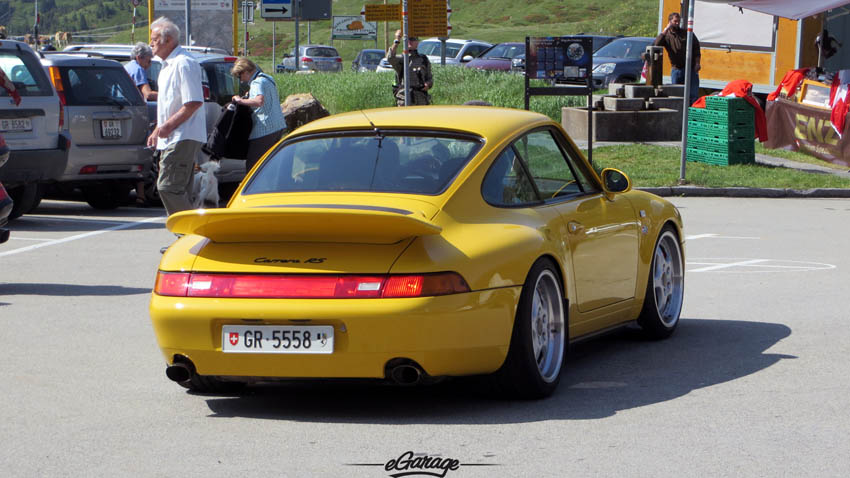
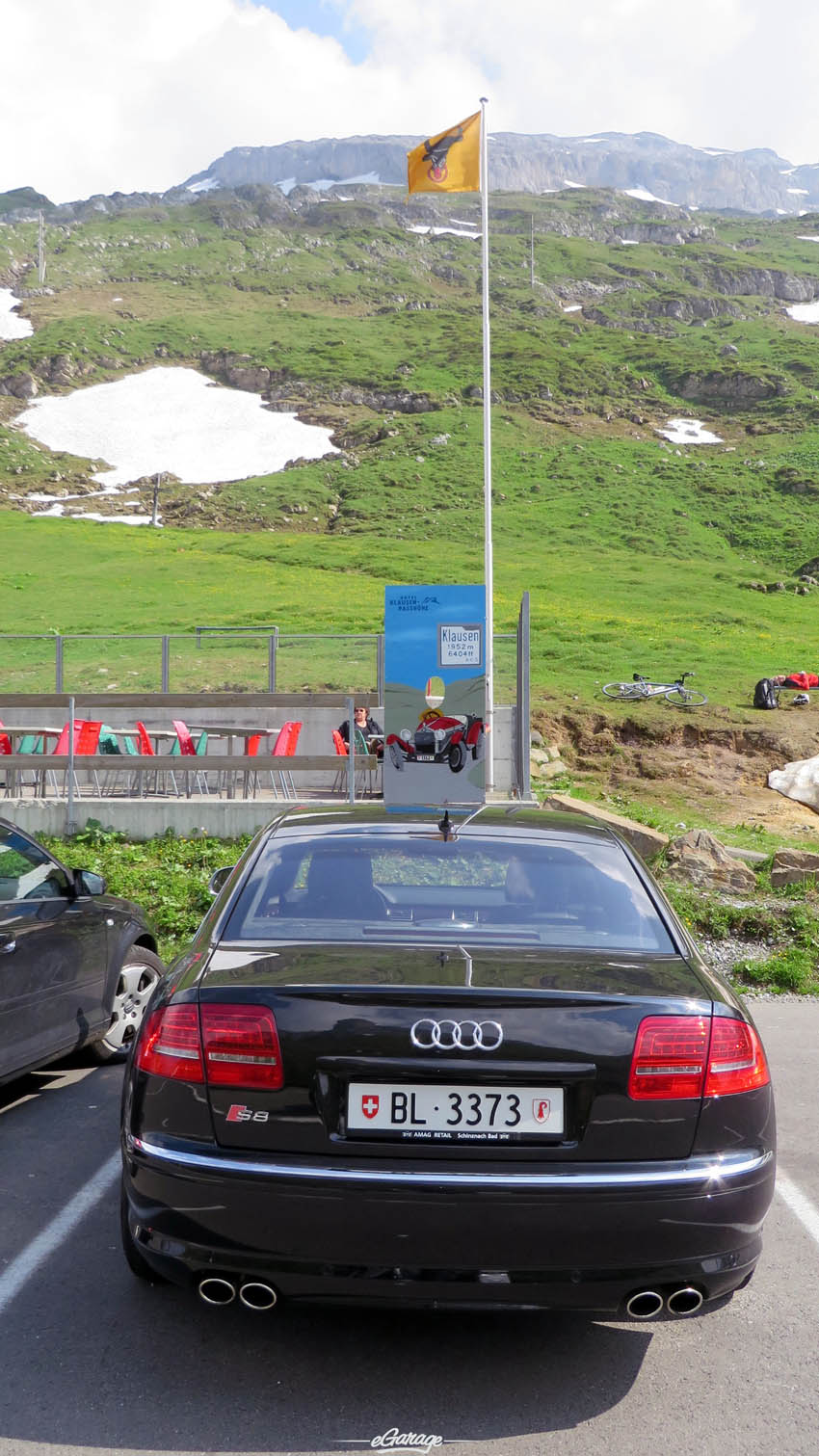 Too often, while driving in the US (unless on the track) I feel an invisible leash around me holding back what I and my car can do. Those of you with fast street cars can relate.
Too often, while driving in the US (unless on the track) I feel an invisible leash around me holding back what I and my car can do. Those of you with fast street cars can relate.
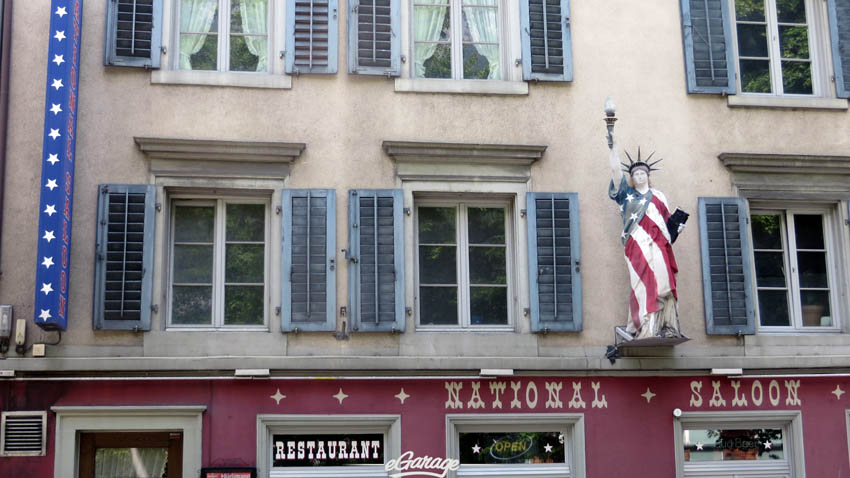
Whether it’s the fear of law enforcement, the congestion, or simply the lack of challenging roads, the US pales in comparison to Europe in regards to driving experiences.
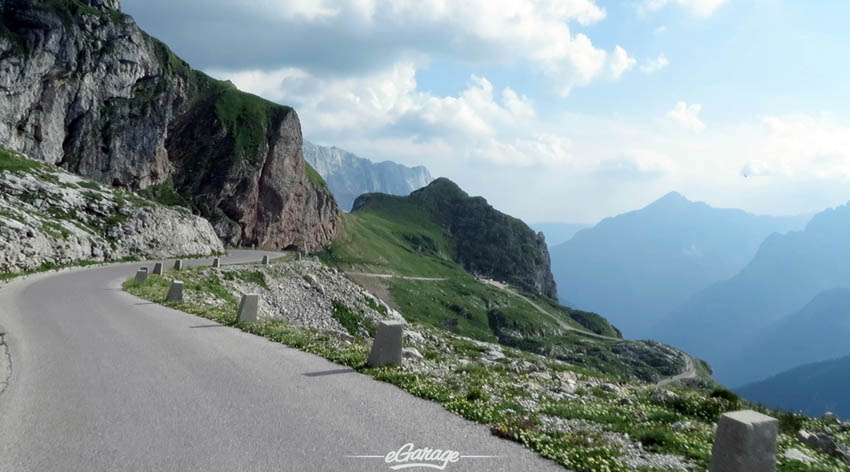
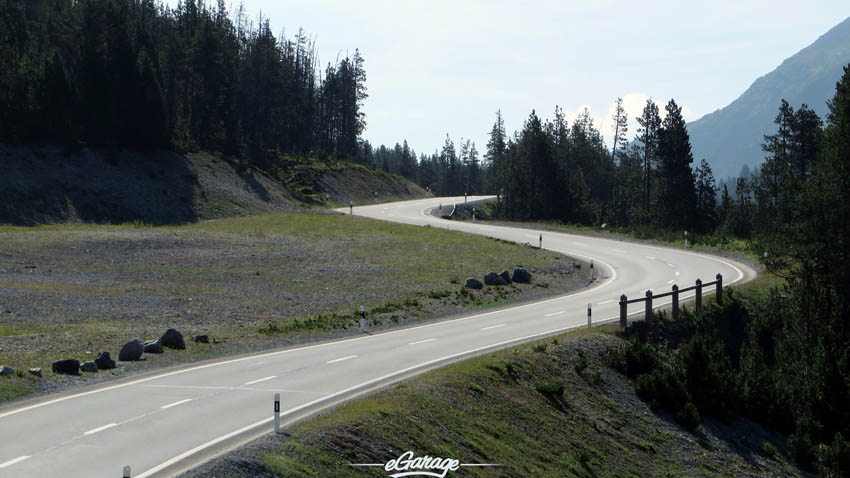 Since function over form seems to be the rule in this part of the world, it’s no surprise that the ever awesome Defender platform is omnipresent. Clearly people use them as the utilitarian vehicles they are. Kudos. As common as they are, I never stopped looking and taking pictures. In my opinion, it’s one of the most marvelous vehicles of all time.
Since function over form seems to be the rule in this part of the world, it’s no surprise that the ever awesome Defender platform is omnipresent. Clearly people use them as the utilitarian vehicles they are. Kudos. As common as they are, I never stopped looking and taking pictures. In my opinion, it’s one of the most marvelous vehicles of all time.
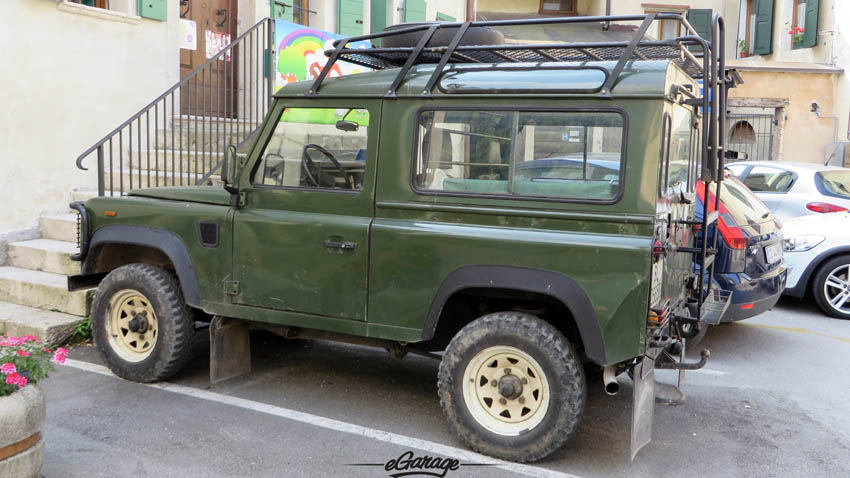
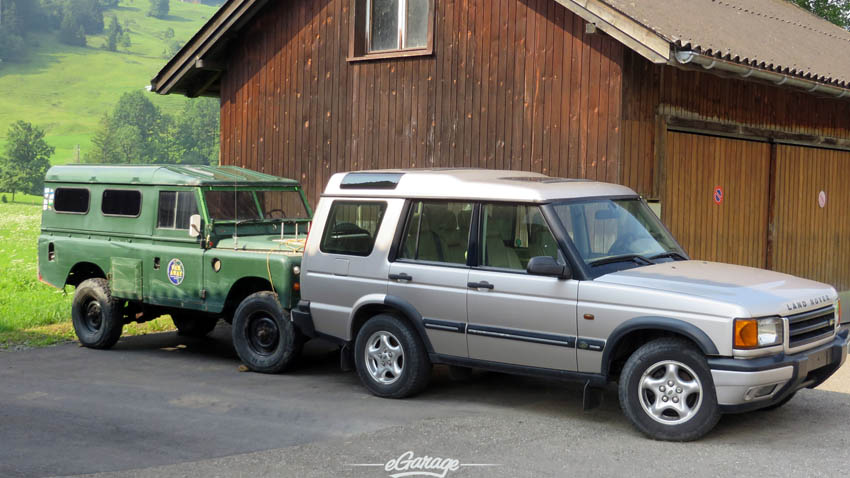
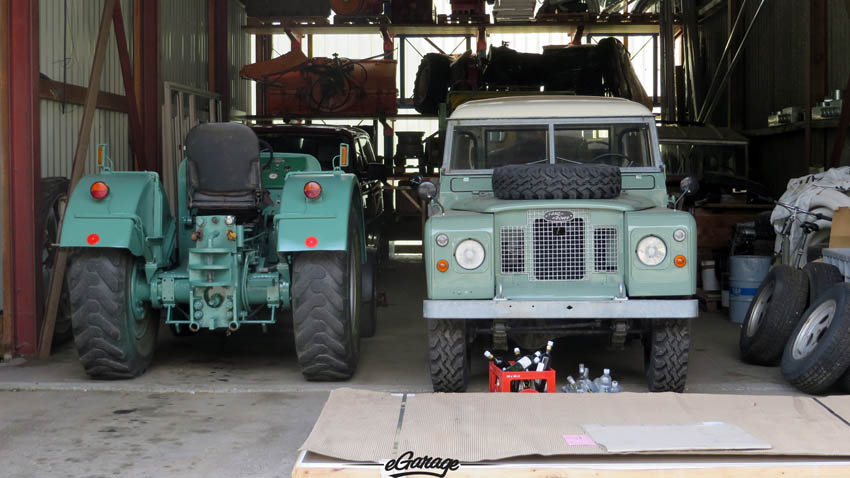
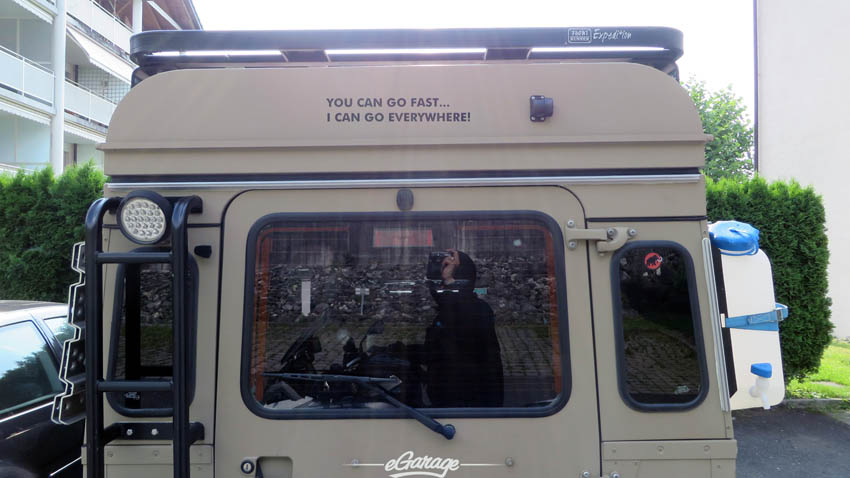
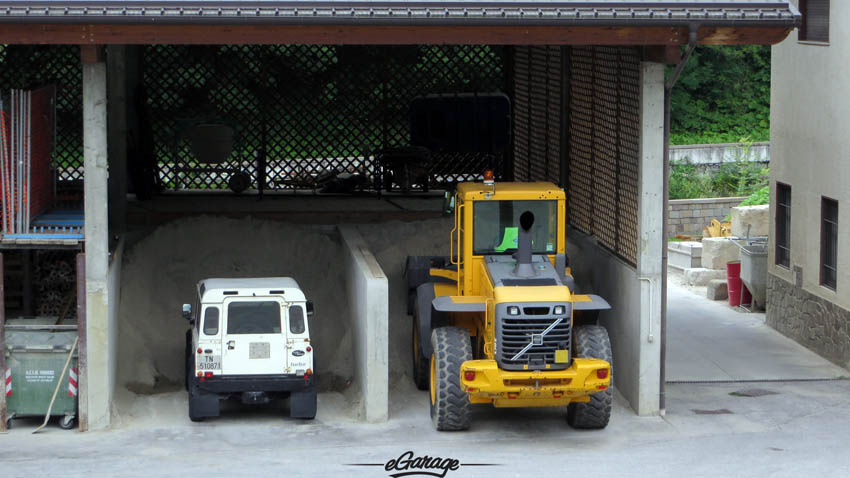 Oh and I can’t forget about Piaggios, these adorable little things are all over the place.
Oh and I can’t forget about Piaggios, these adorable little things are all over the place.
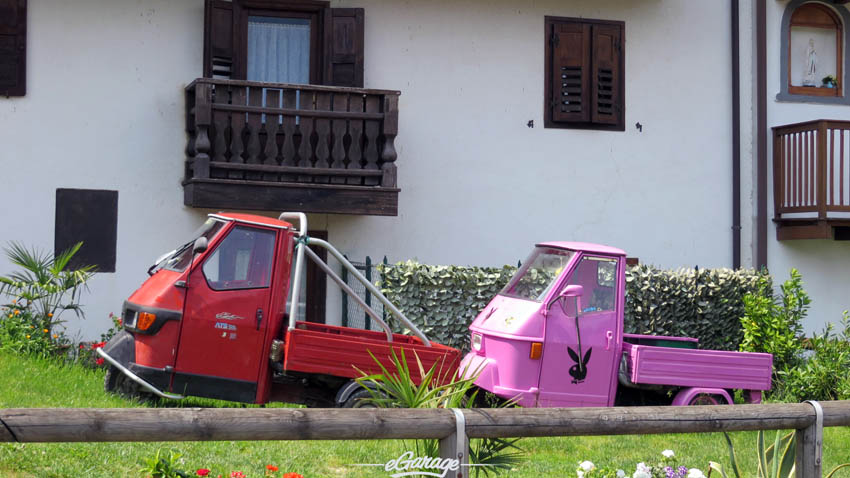
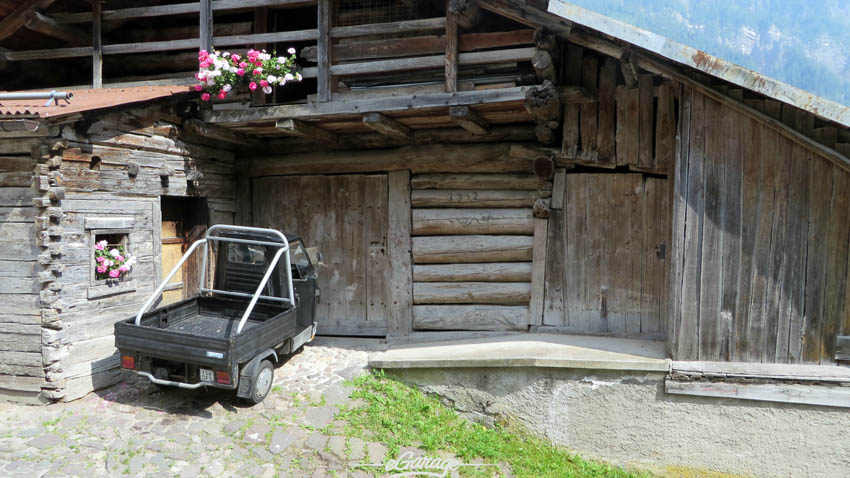 However, everything about the pass roads (and even some of the lowland areas) seemed to cater to bikers and cyclists. The cafes and hotels were either full of bikers or trying their best to attract them. Imagine the canyon roads outside Malibu, CA or Tail of the Dragon in North Carolina and you’ll have an inkling of what the Alps are like in regards to biker culture.
However, everything about the pass roads (and even some of the lowland areas) seemed to cater to bikers and cyclists. The cafes and hotels were either full of bikers or trying their best to attract them. Imagine the canyon roads outside Malibu, CA or Tail of the Dragon in North Carolina and you’ll have an inkling of what the Alps are like in regards to biker culture.
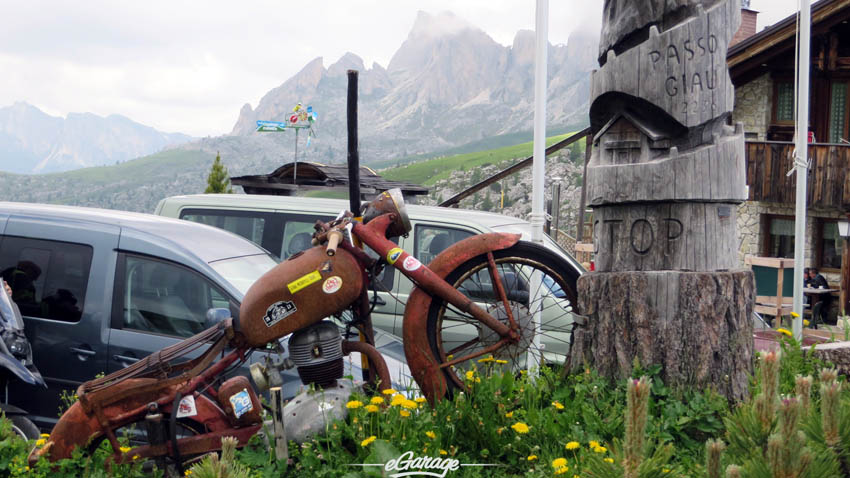
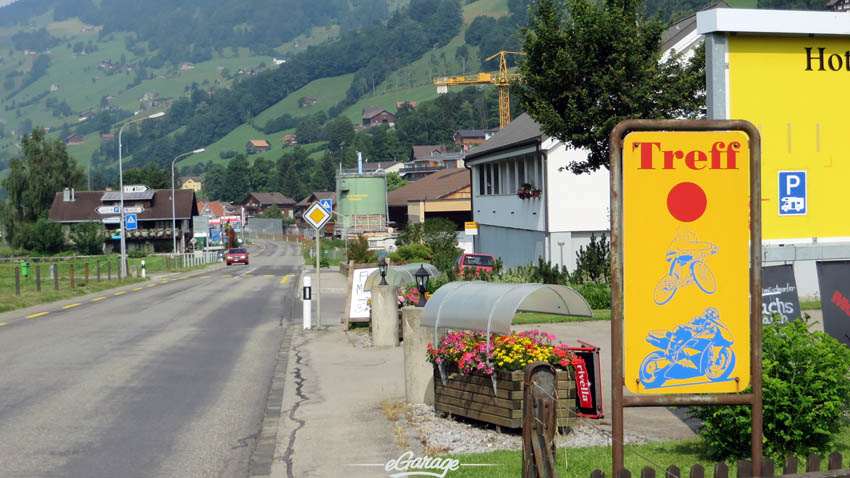
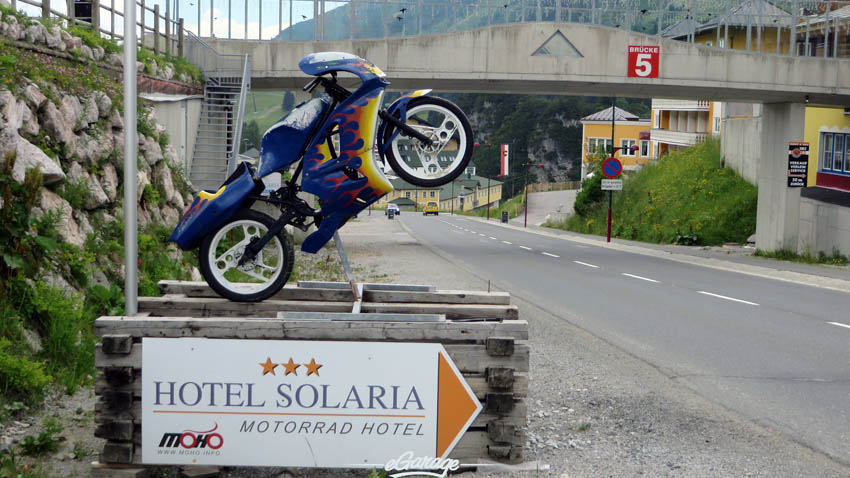
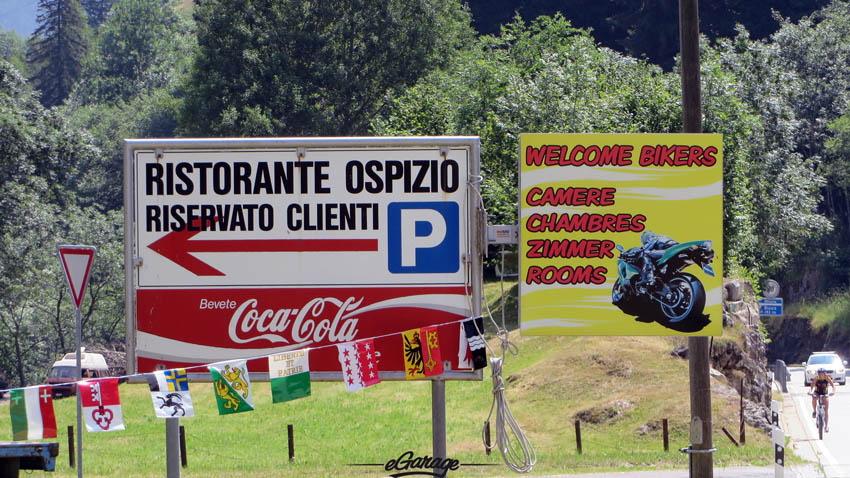
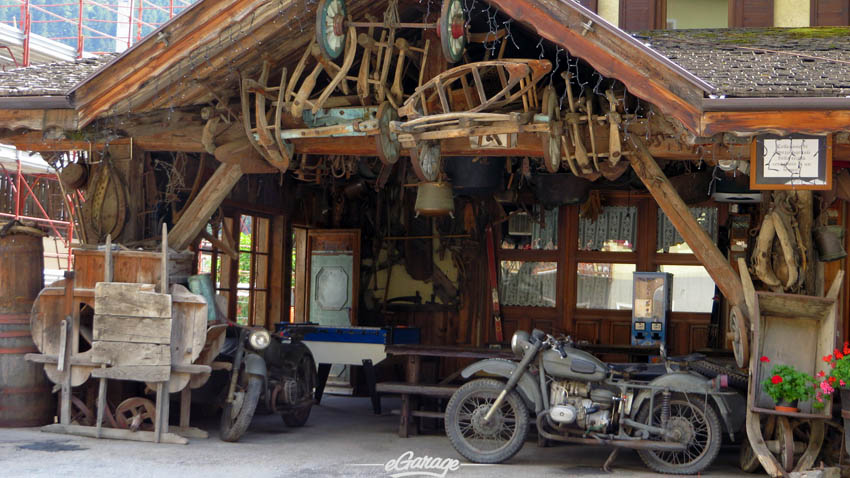 On weekends especially, it feels as though there is a nonstop biker rally going by. Bikers from surrounding countries flock to the mountains and the camaraderie is thick and juicy. Whether you’re on a Gixxer or a Goldwing, you’ll inevitably experience “the short wave” or “the two finger point” from your fellow riders and you should reciprocate. It’s good karma and the right thing to do. It joins bikers in an invisible web, a culture of “I see you and respect you” that you don’t get when you’re driving in “a cage” (a car).
On weekends especially, it feels as though there is a nonstop biker rally going by. Bikers from surrounding countries flock to the mountains and the camaraderie is thick and juicy. Whether you’re on a Gixxer or a Goldwing, you’ll inevitably experience “the short wave” or “the two finger point” from your fellow riders and you should reciprocate. It’s good karma and the right thing to do. It joins bikers in an invisible web, a culture of “I see you and respect you” that you don’t get when you’re driving in “a cage” (a car).
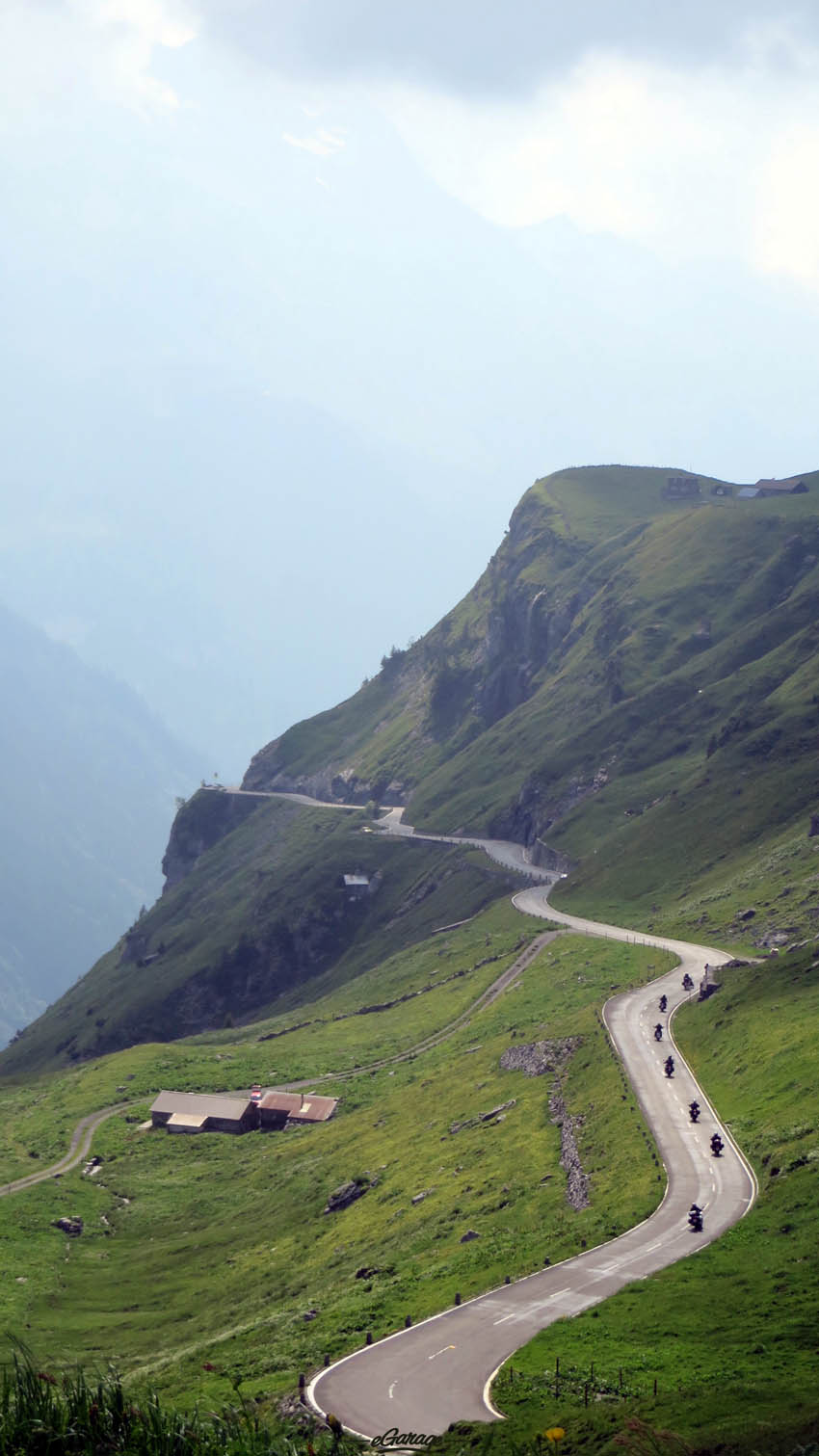
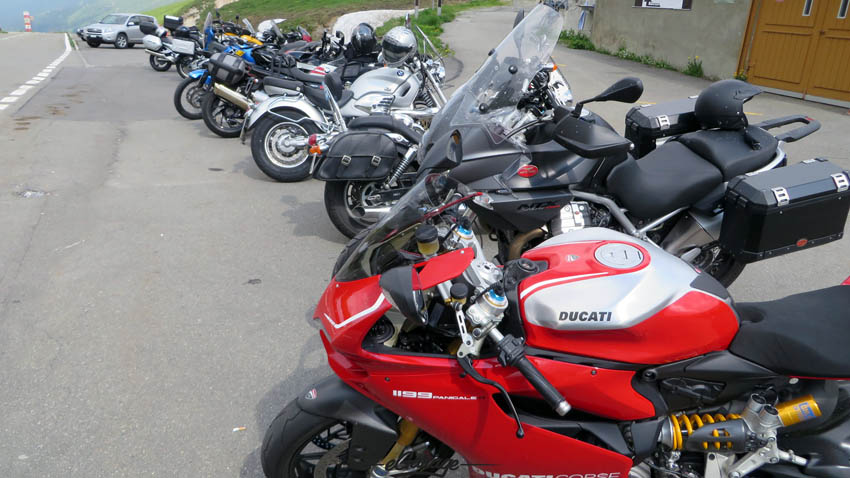
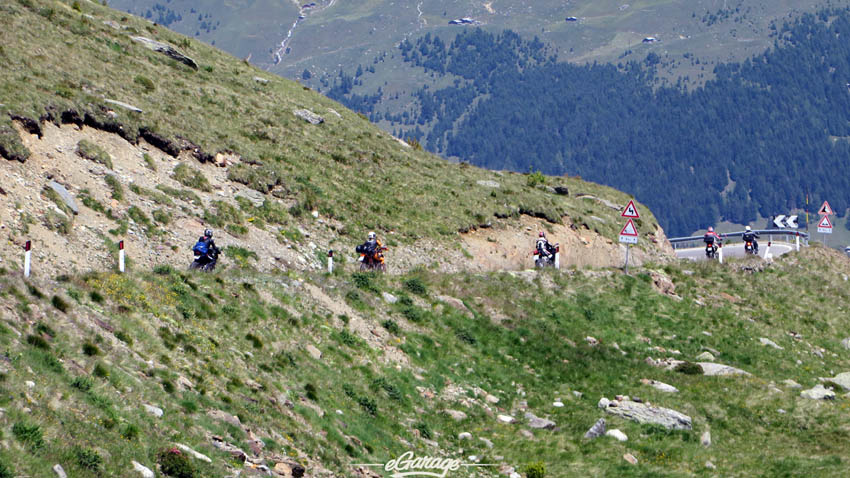
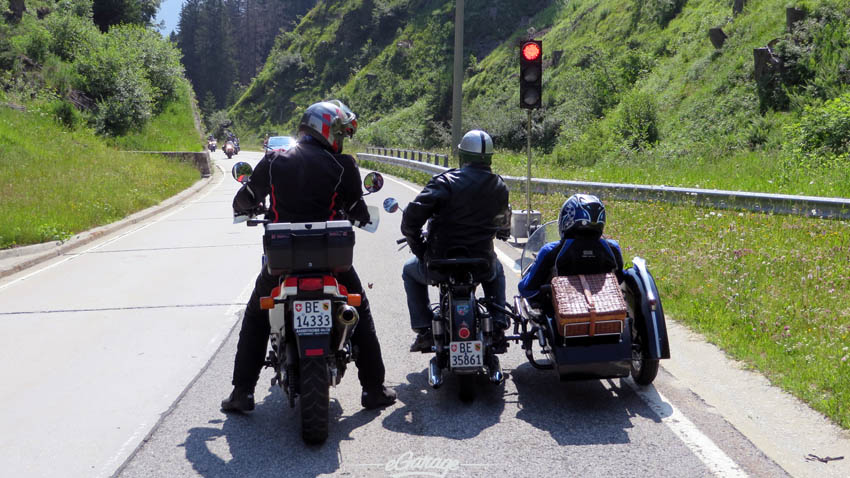
It goes without saying that motorcycling, in general, provides a vastly different experience than driving a car. Those of you that ride already know this. Carry that comparison further and consider this – riding in the rest of the world is like driving a car whereas riding in the Alps is like RIDING for real. It’s an entirely different ball of cowpies. Respect the roads, the land, and those who occupy it and enjoy yourself.
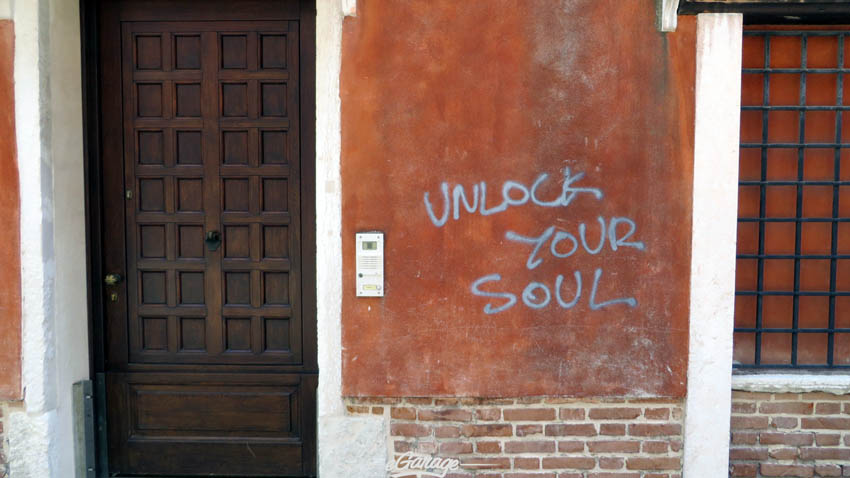
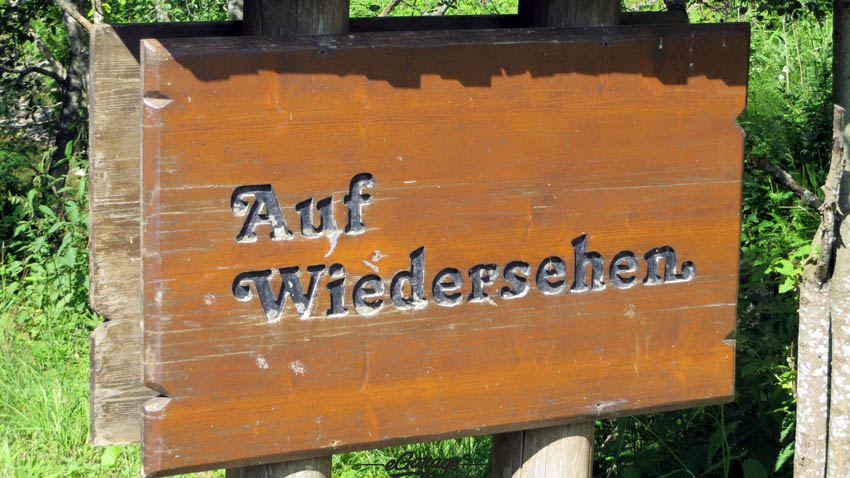
Check the full album of photos HERE